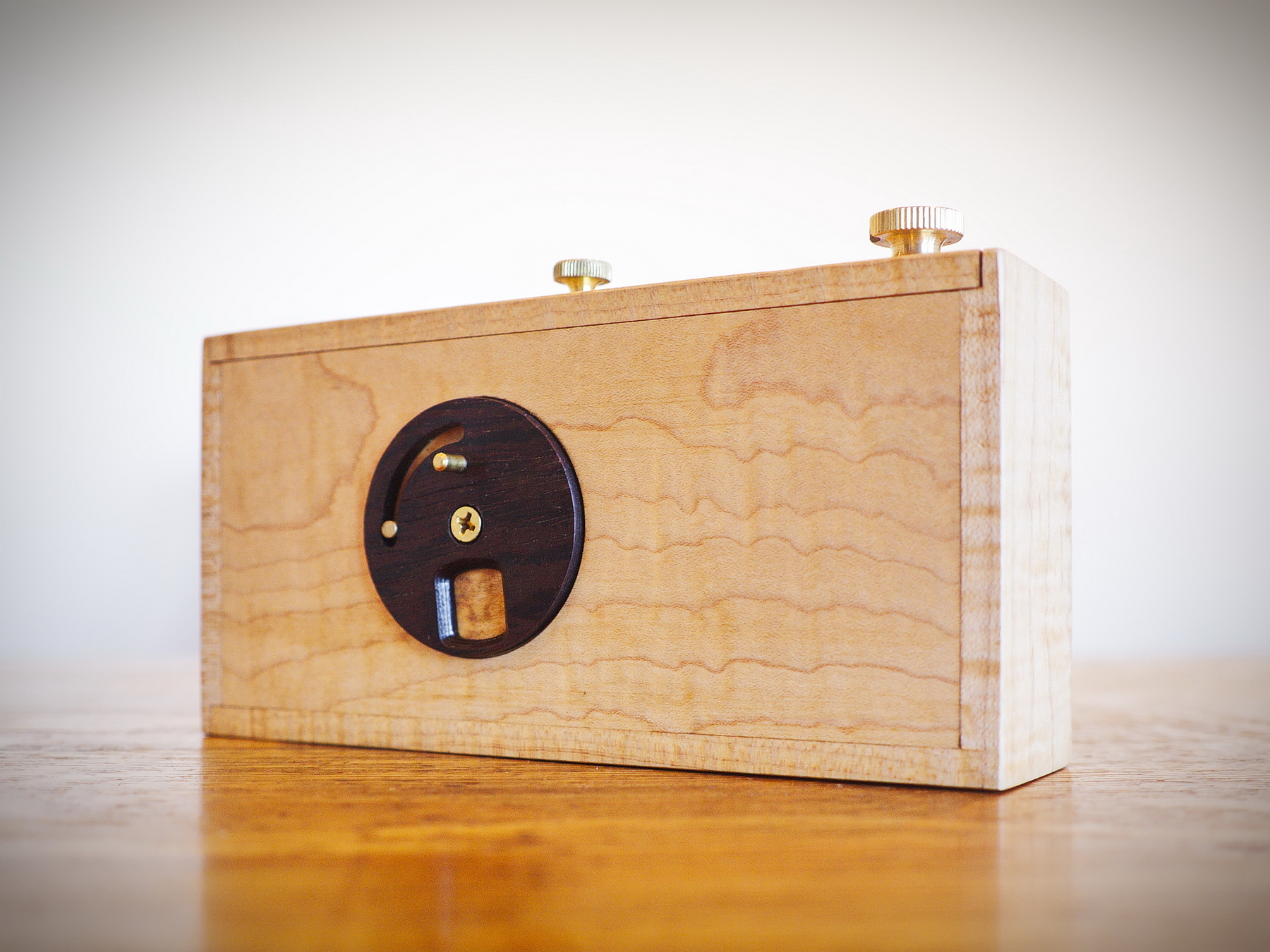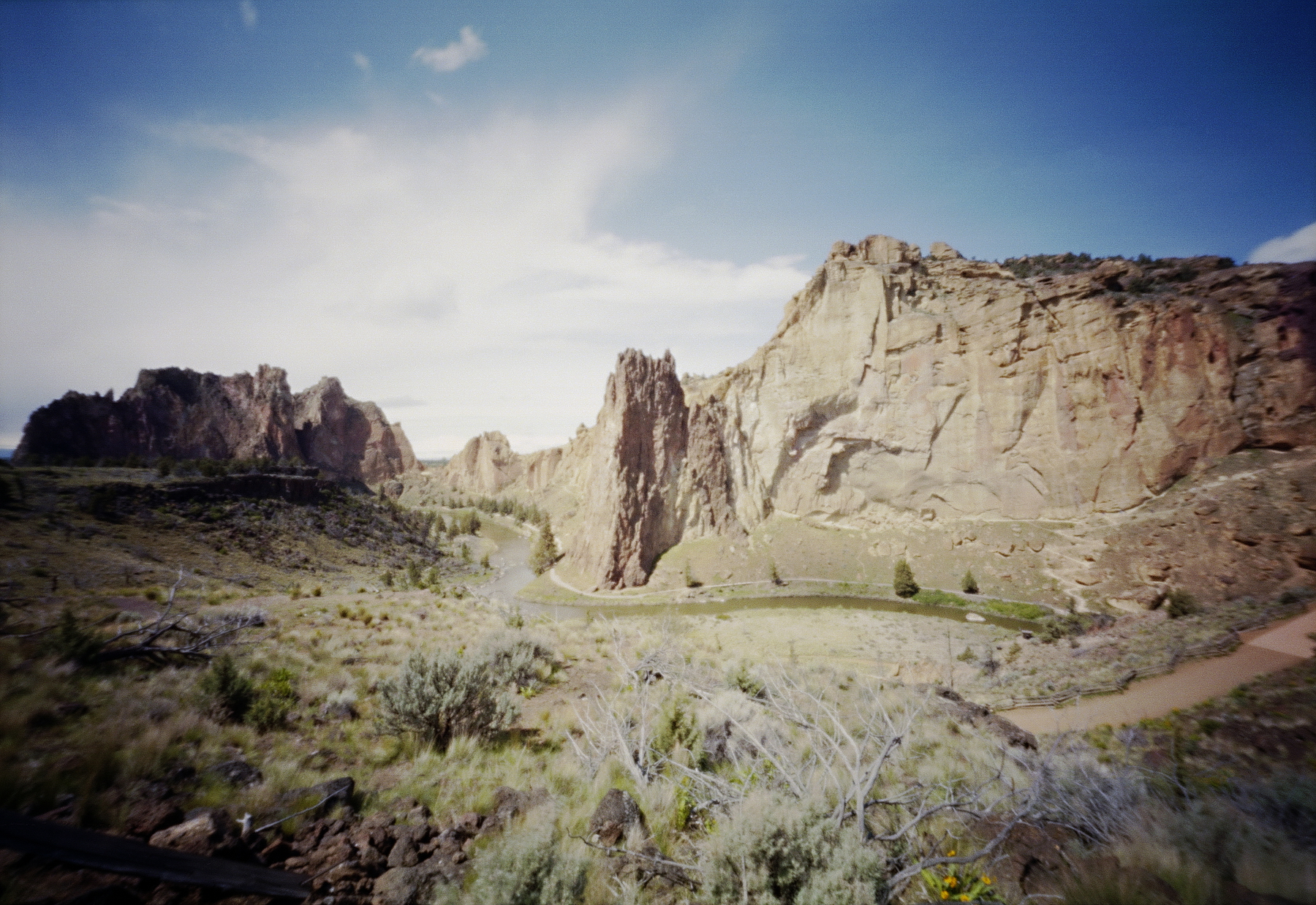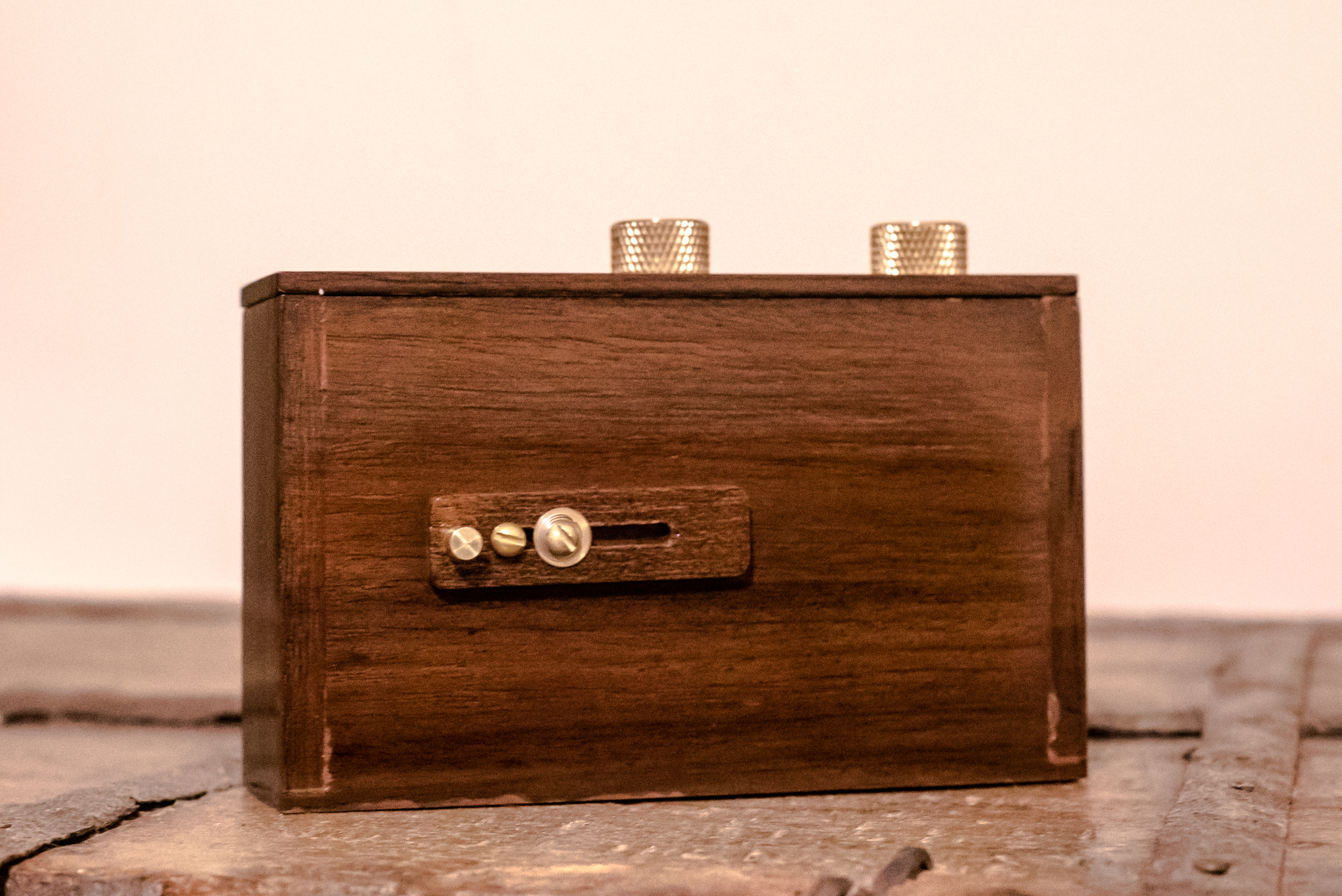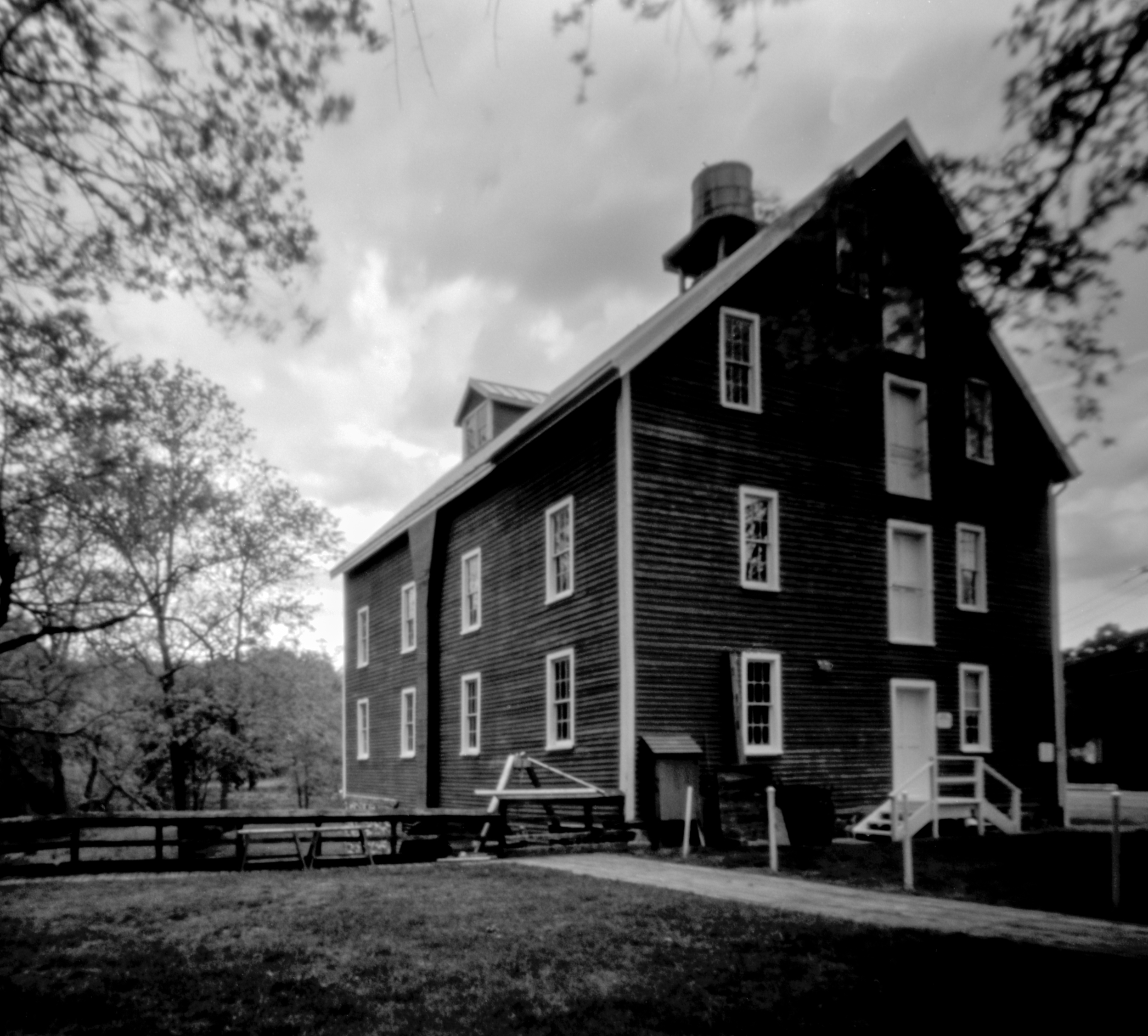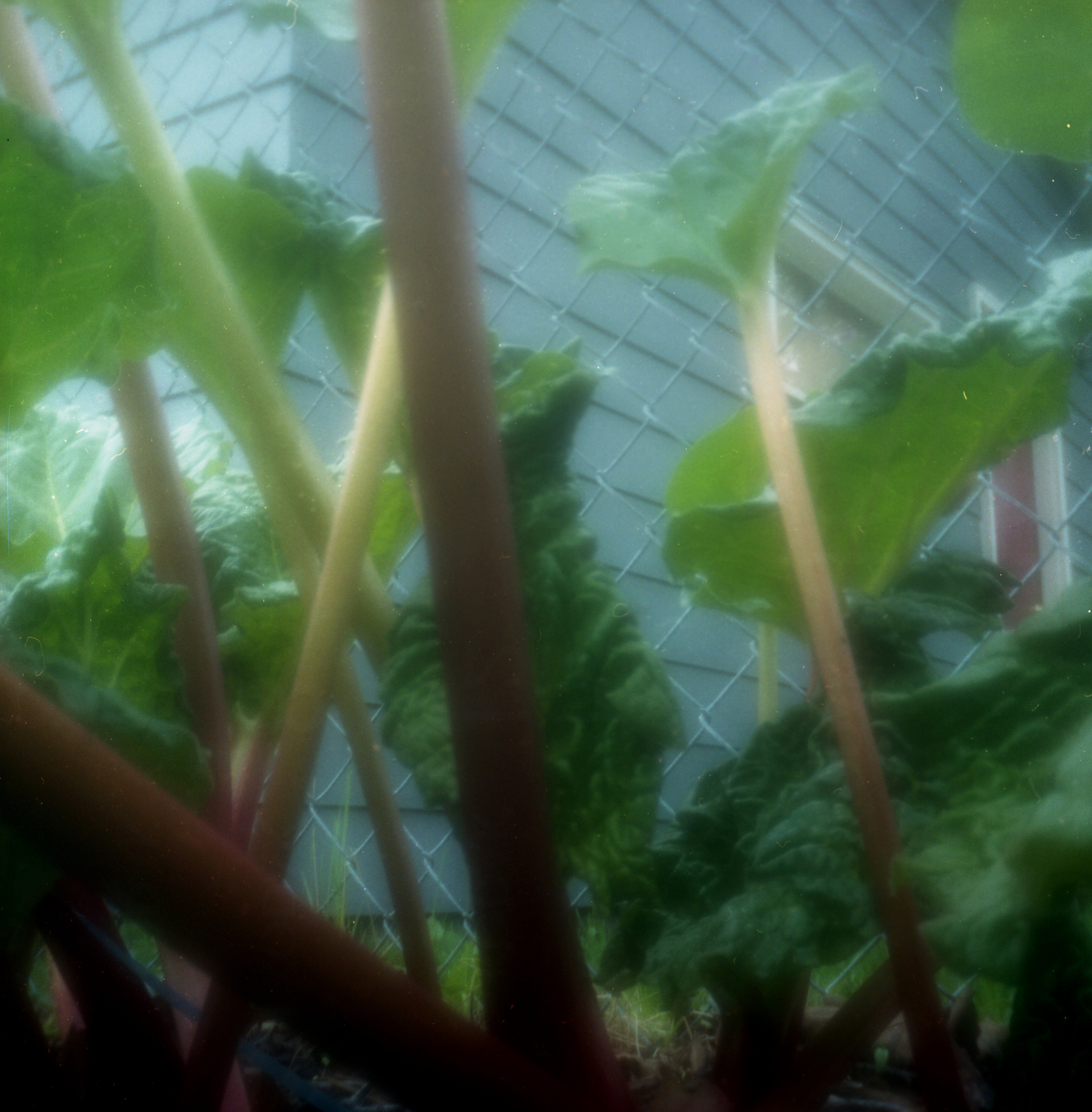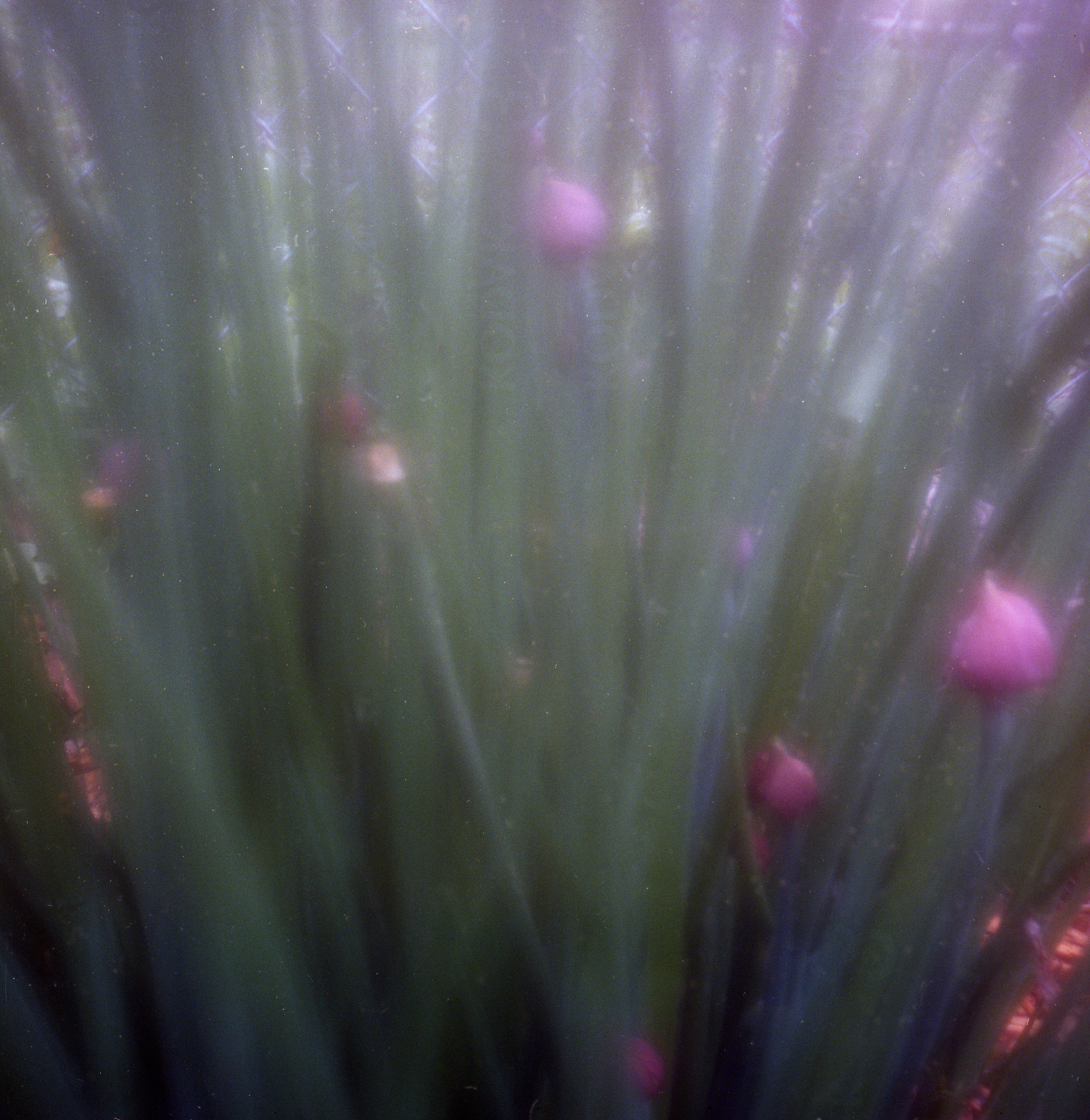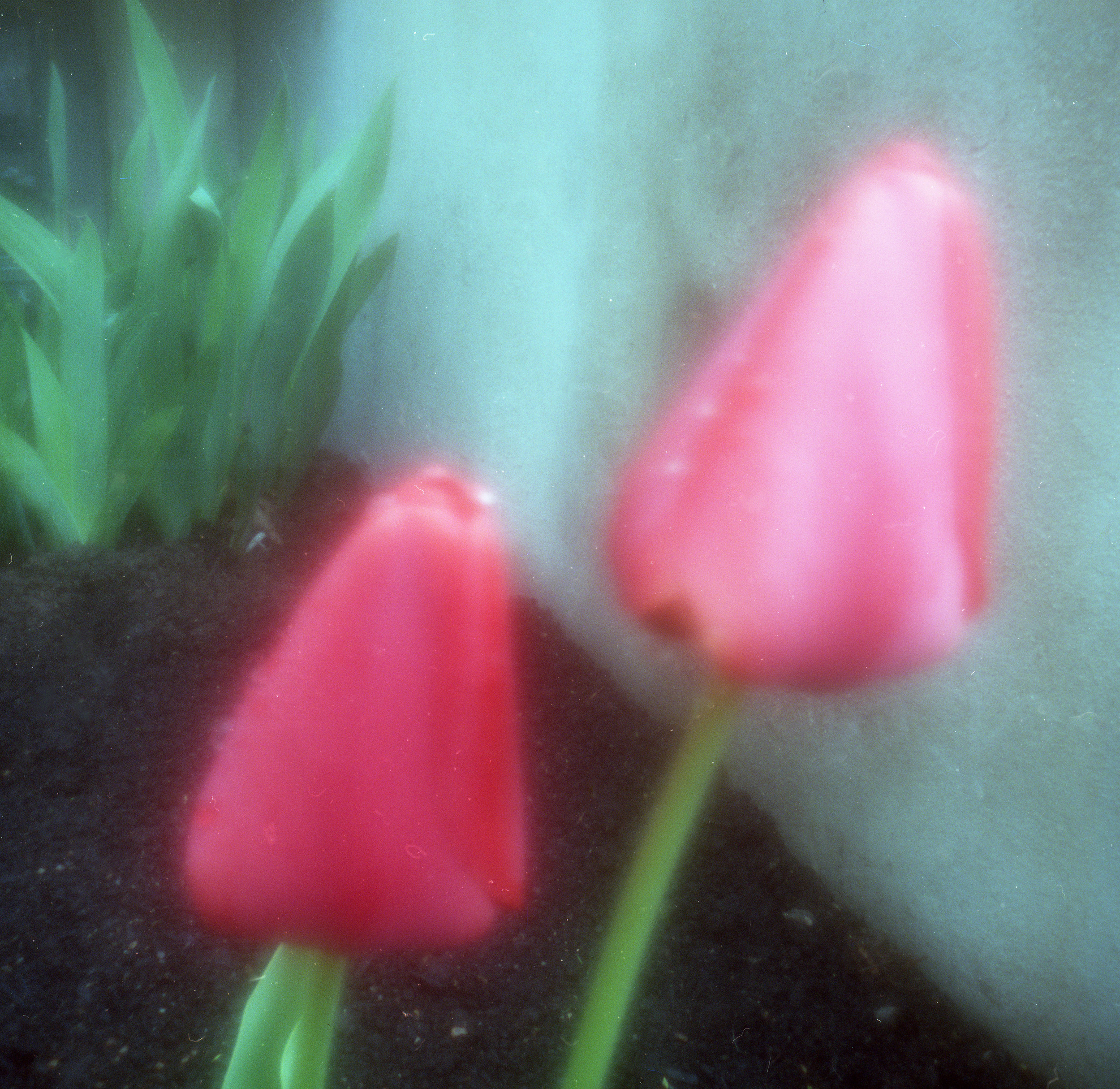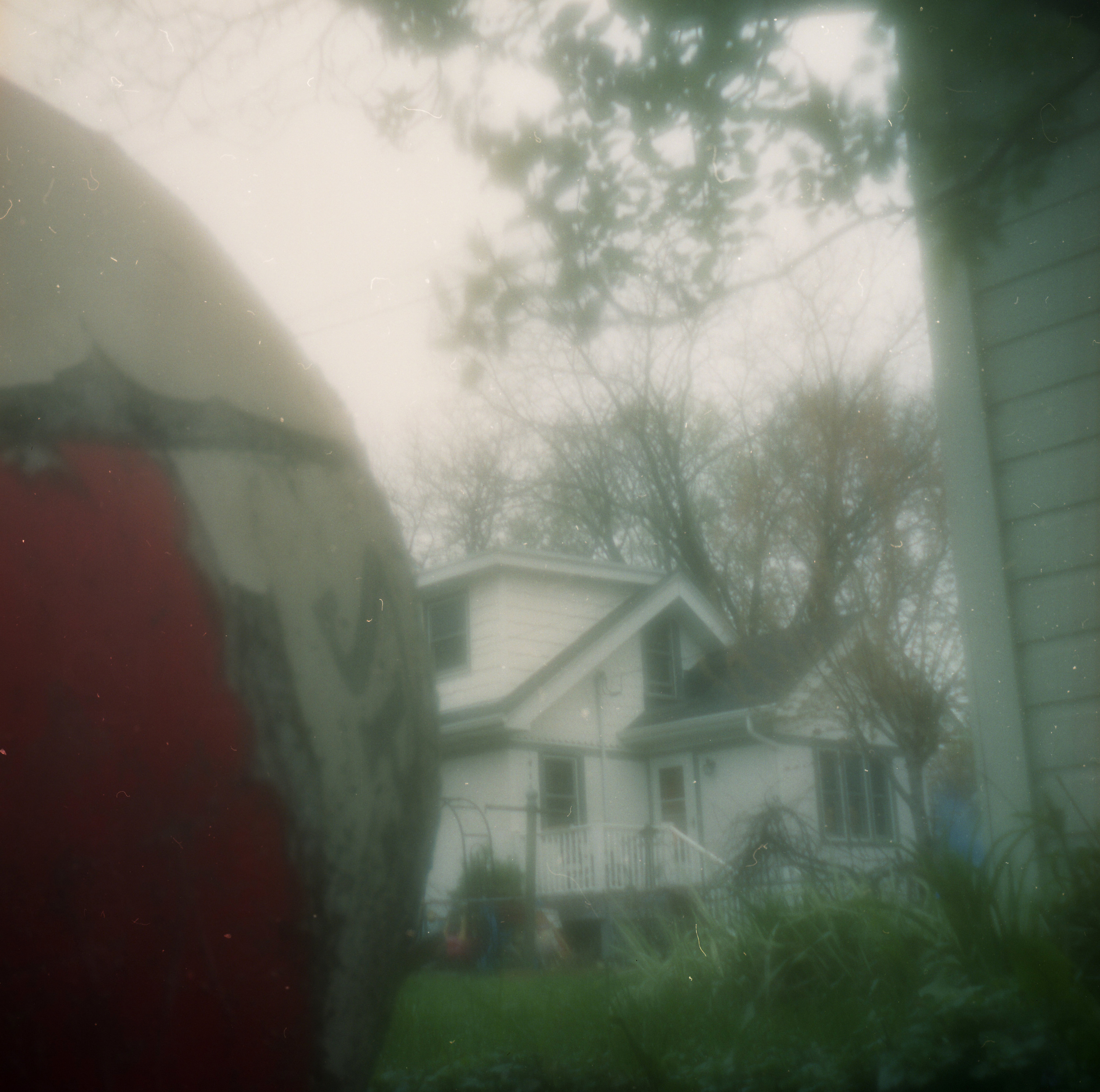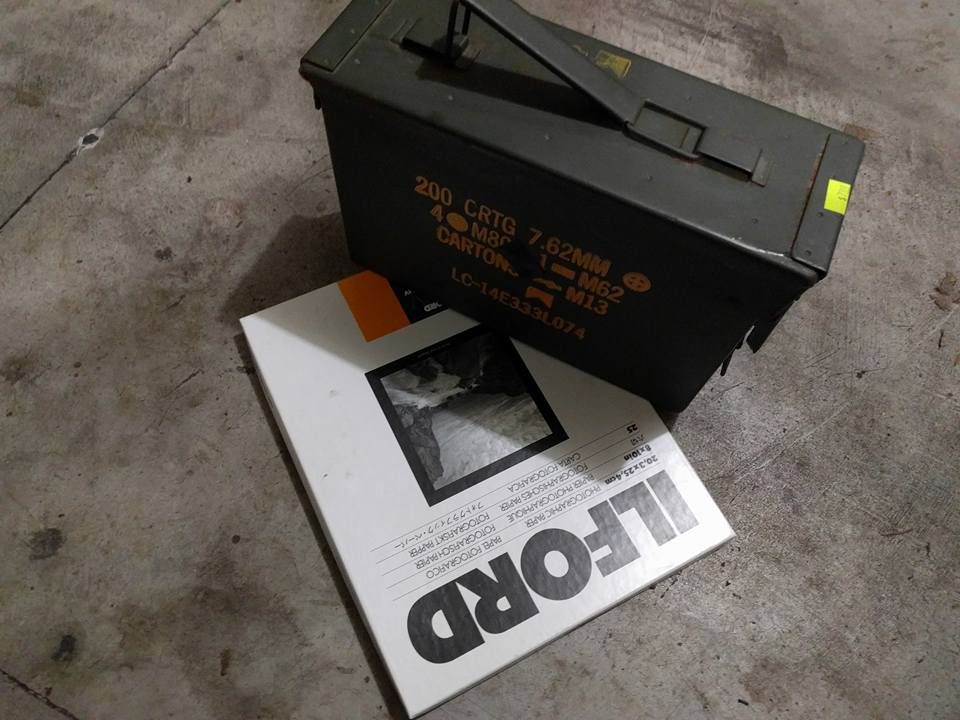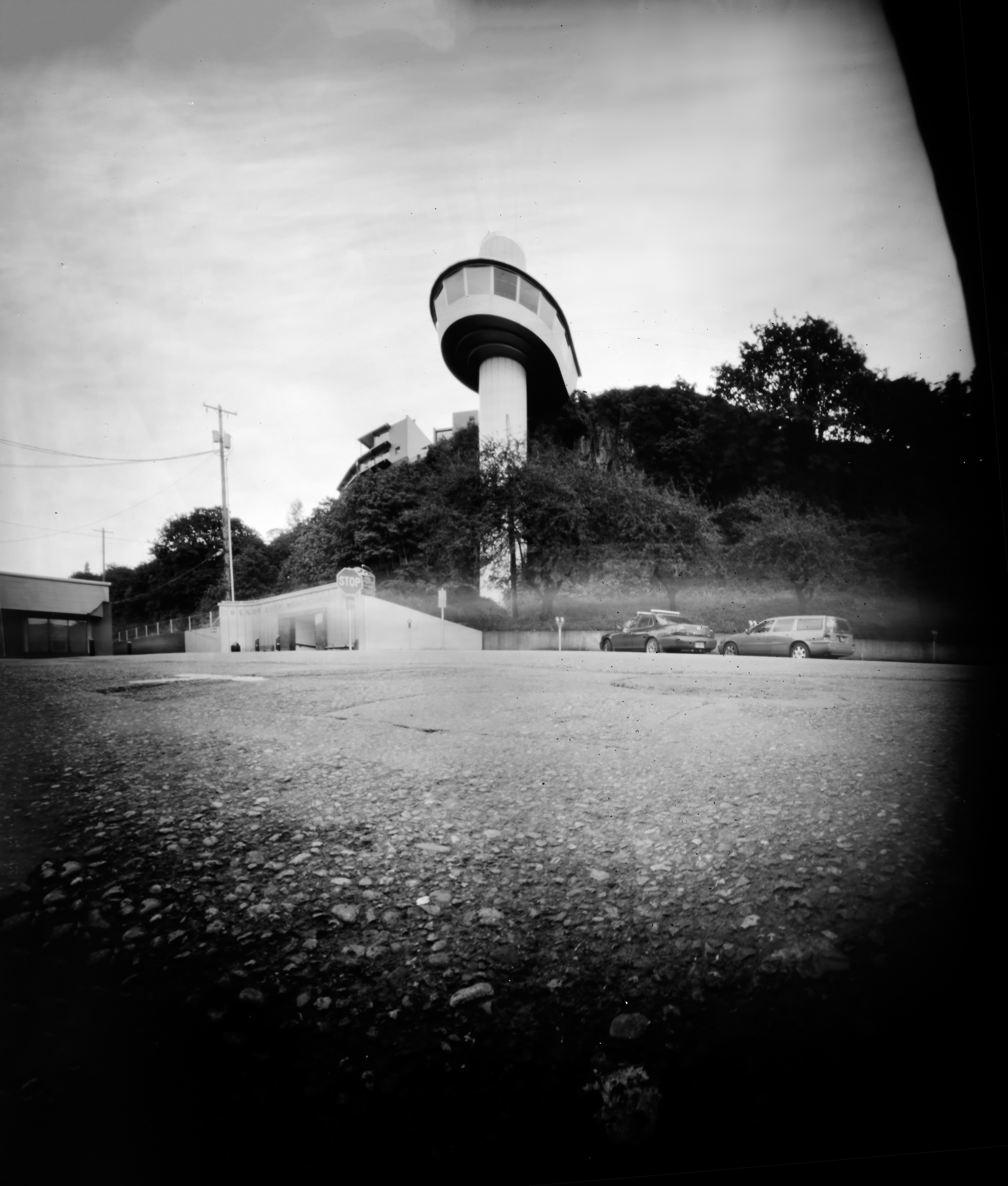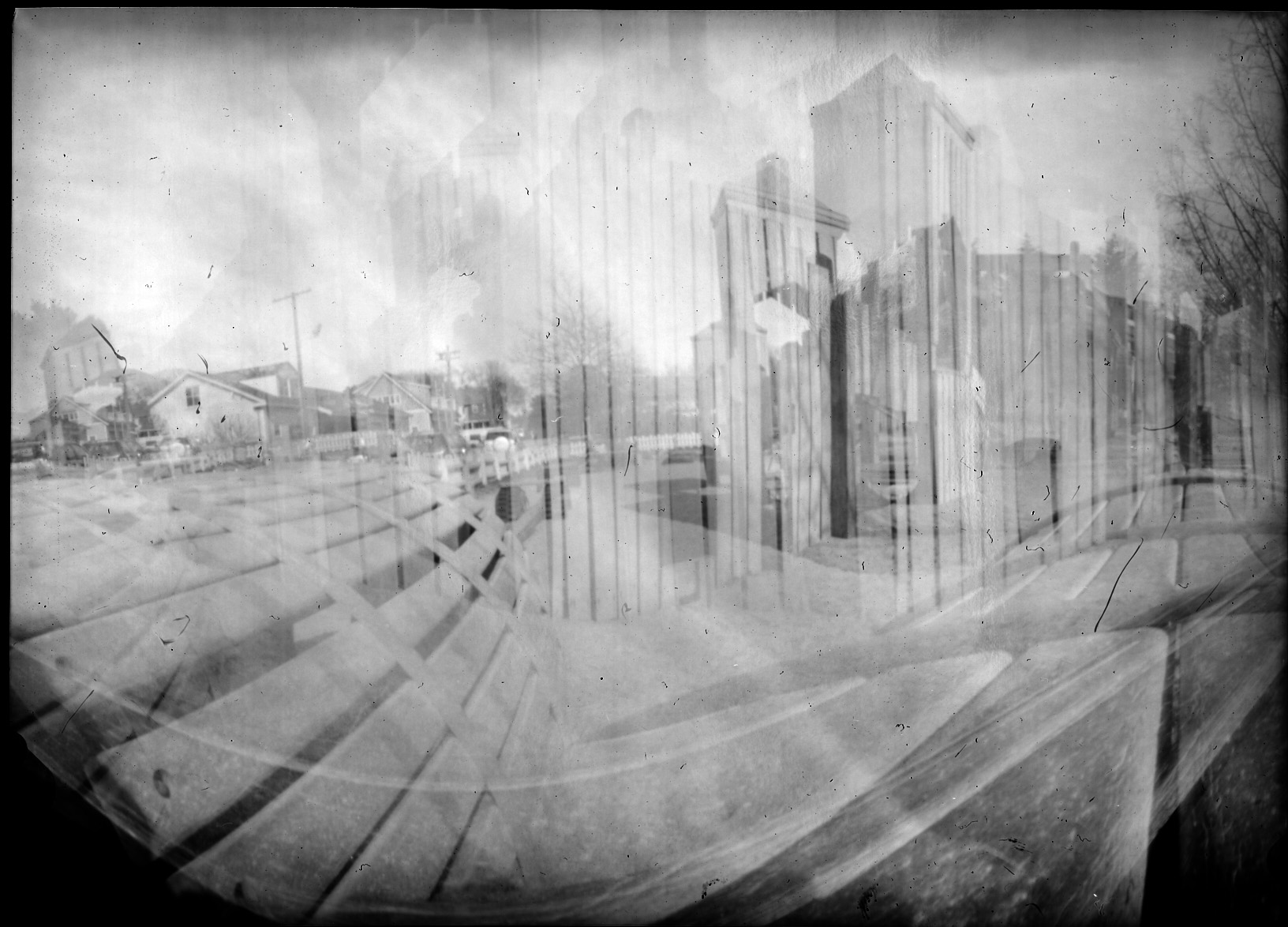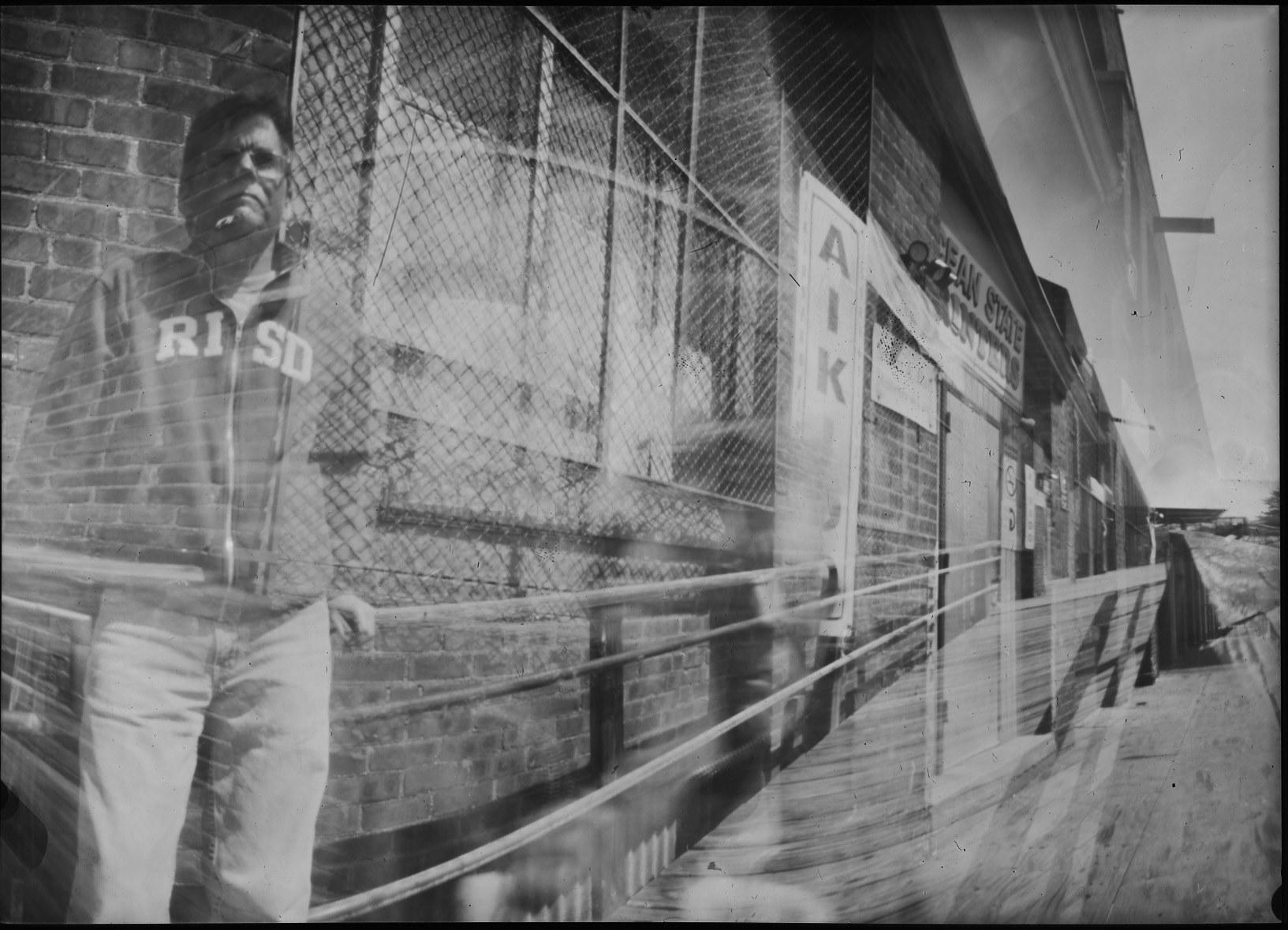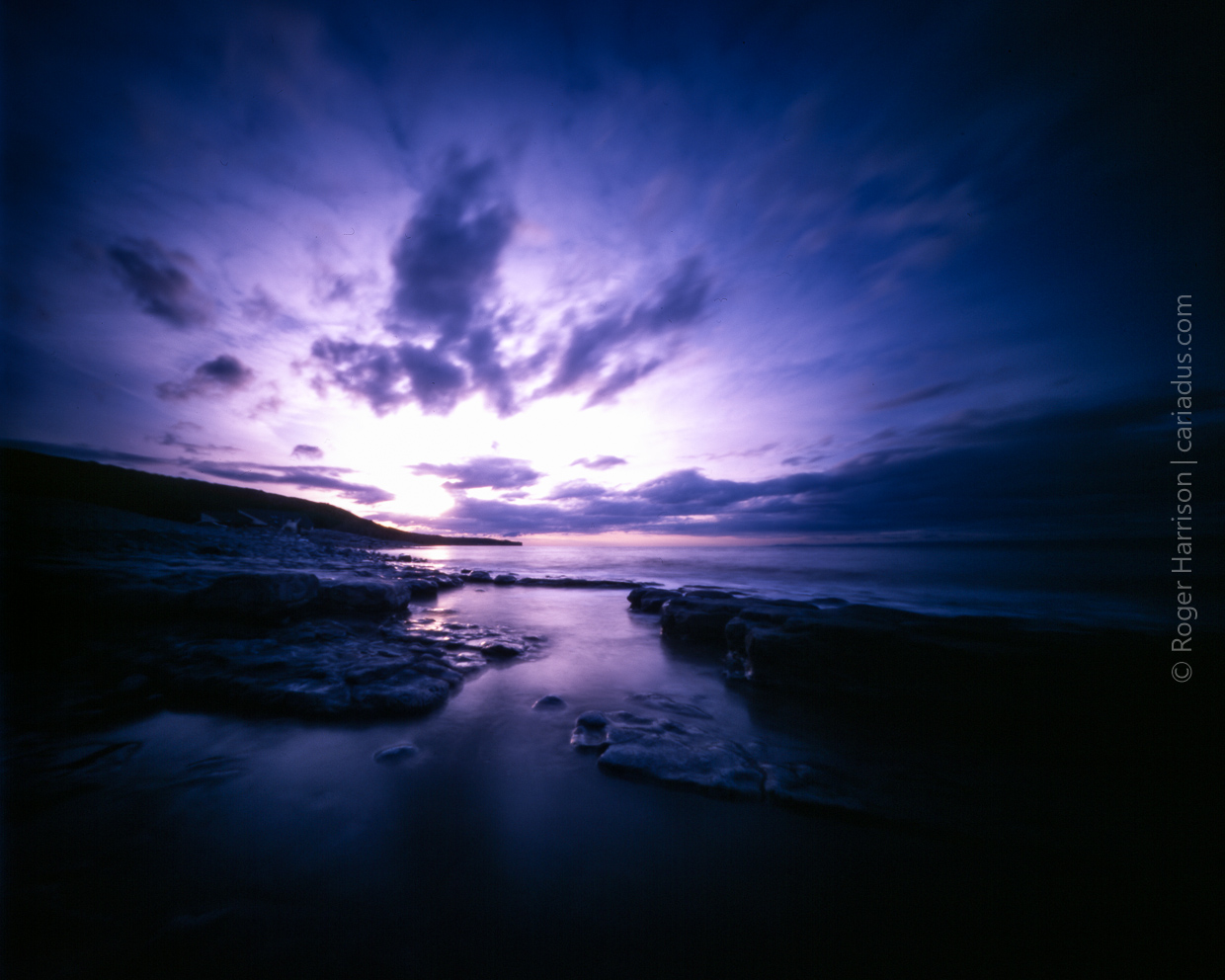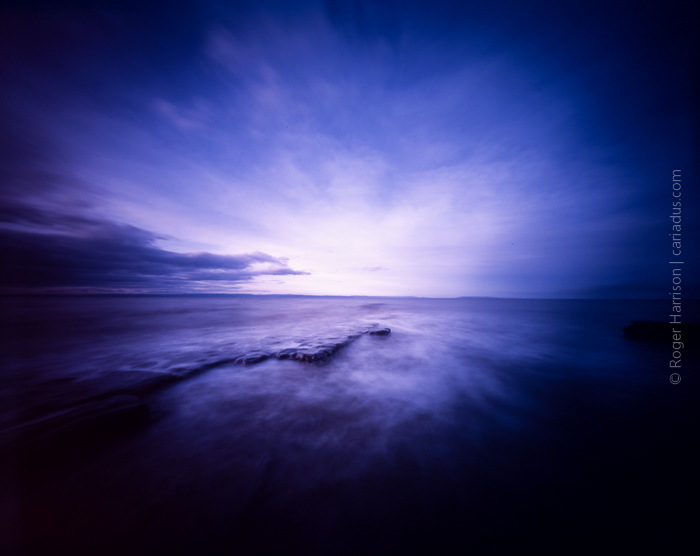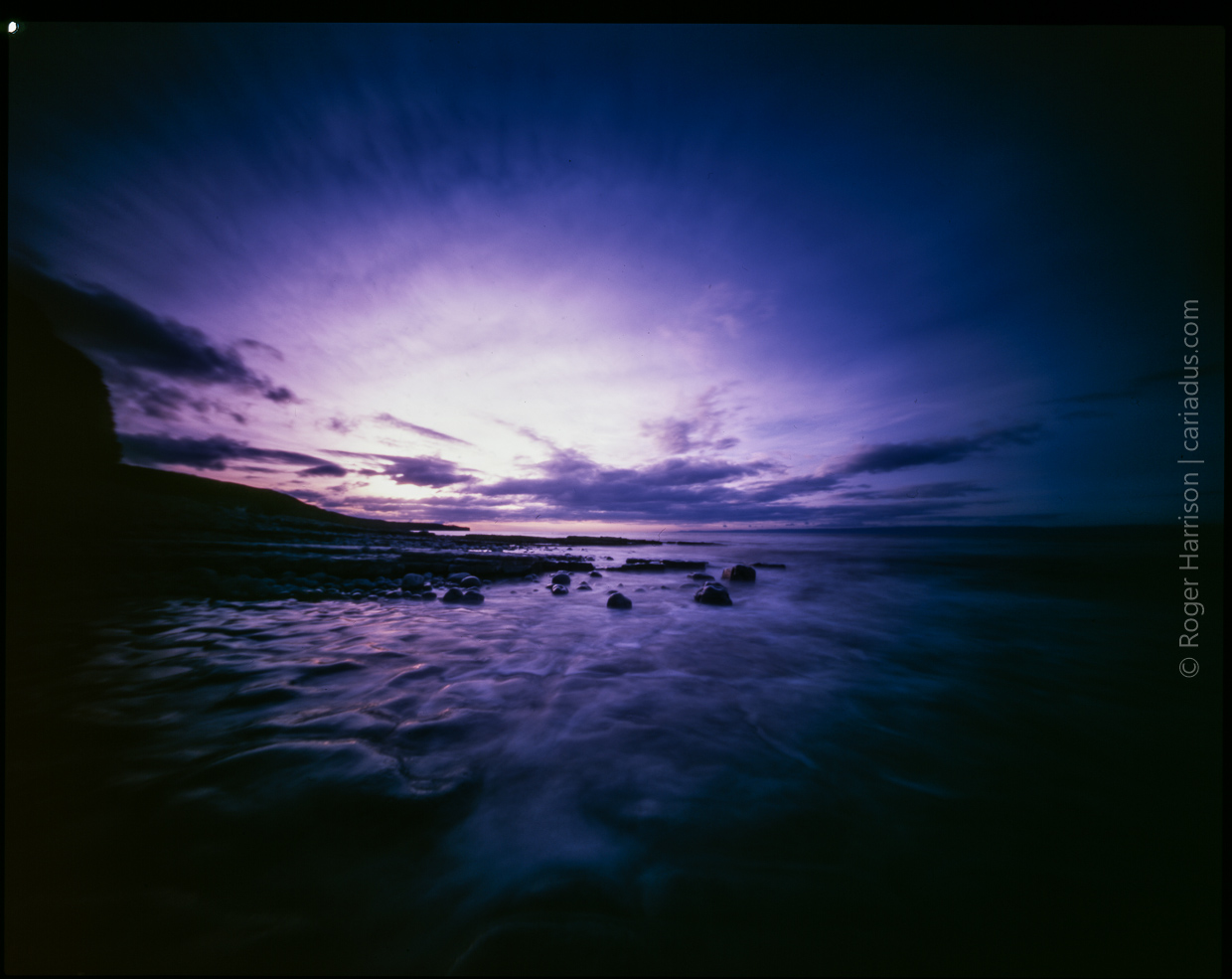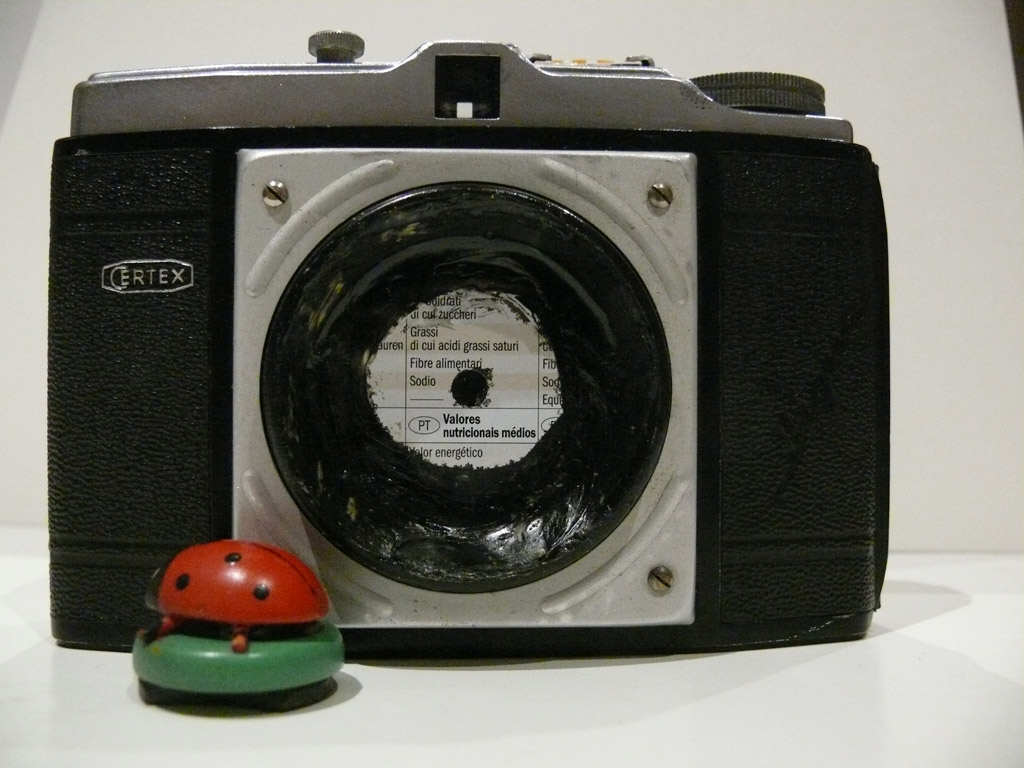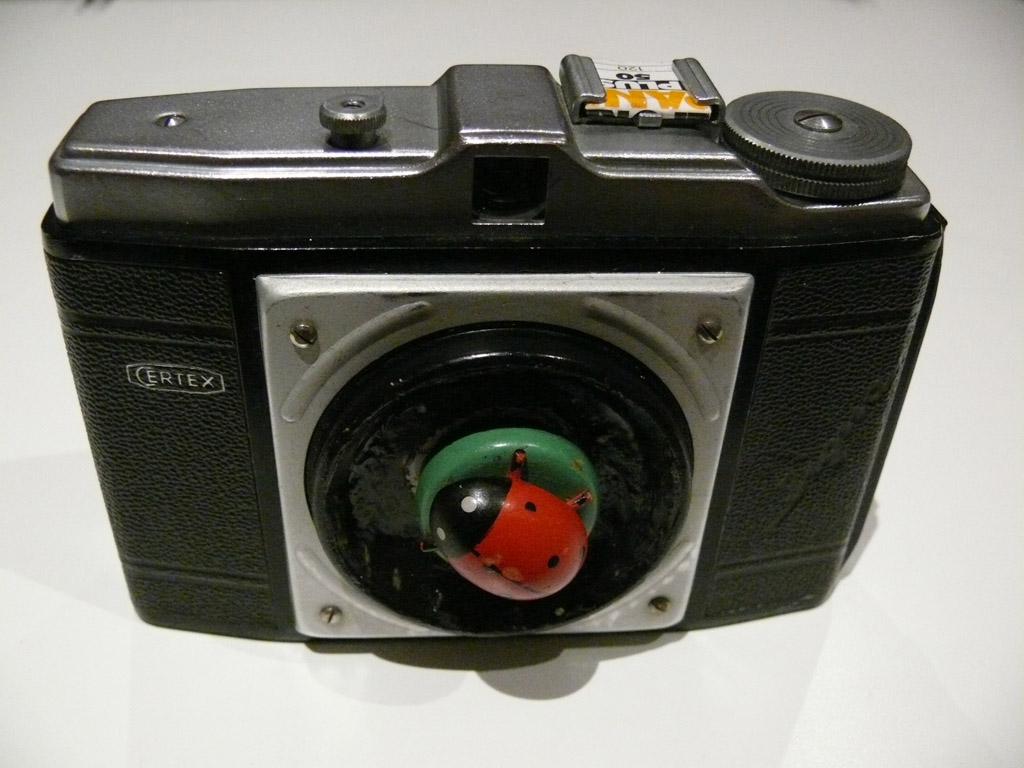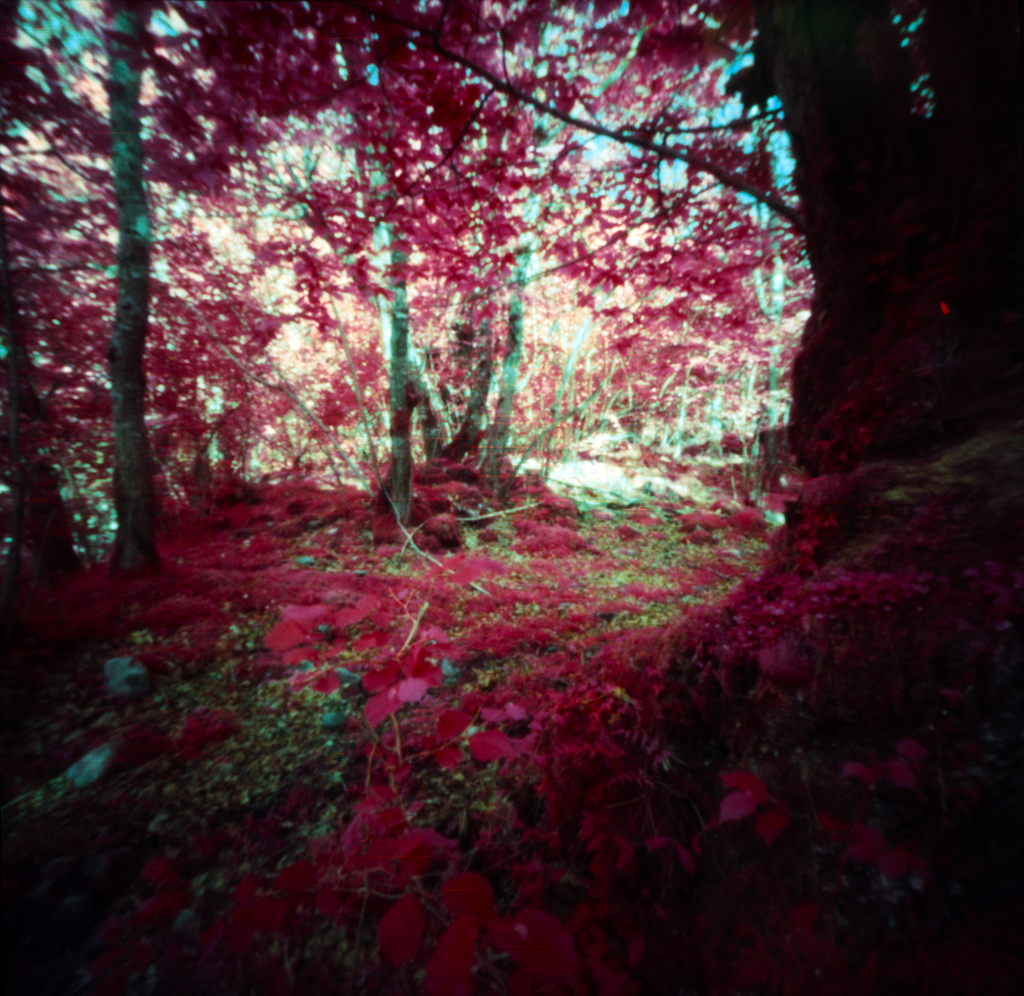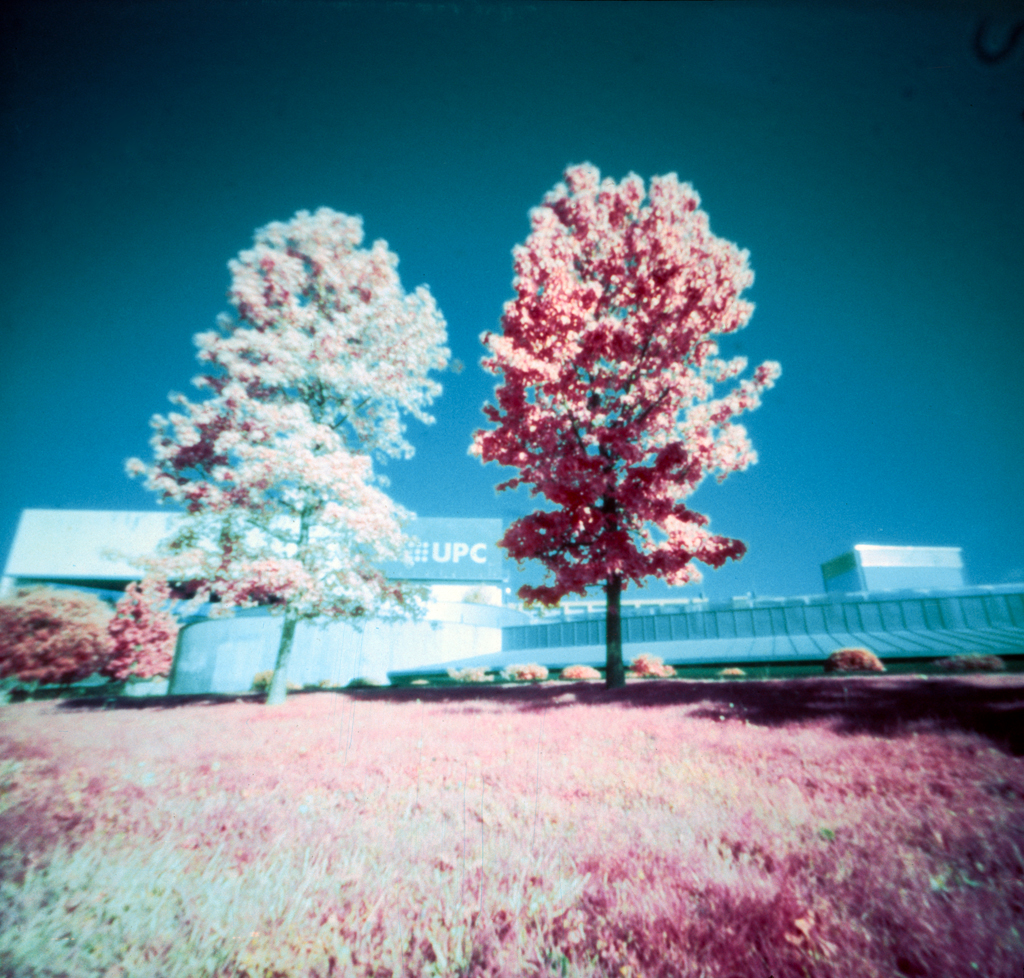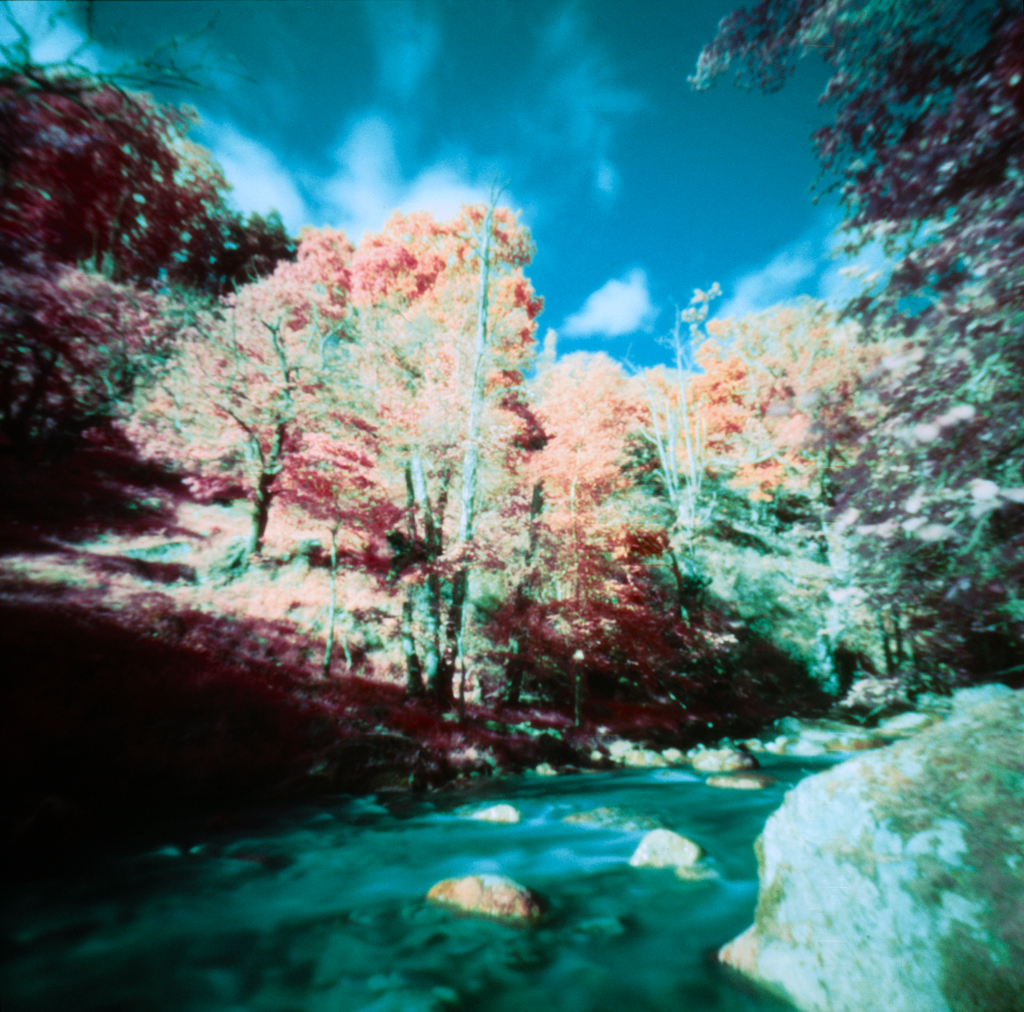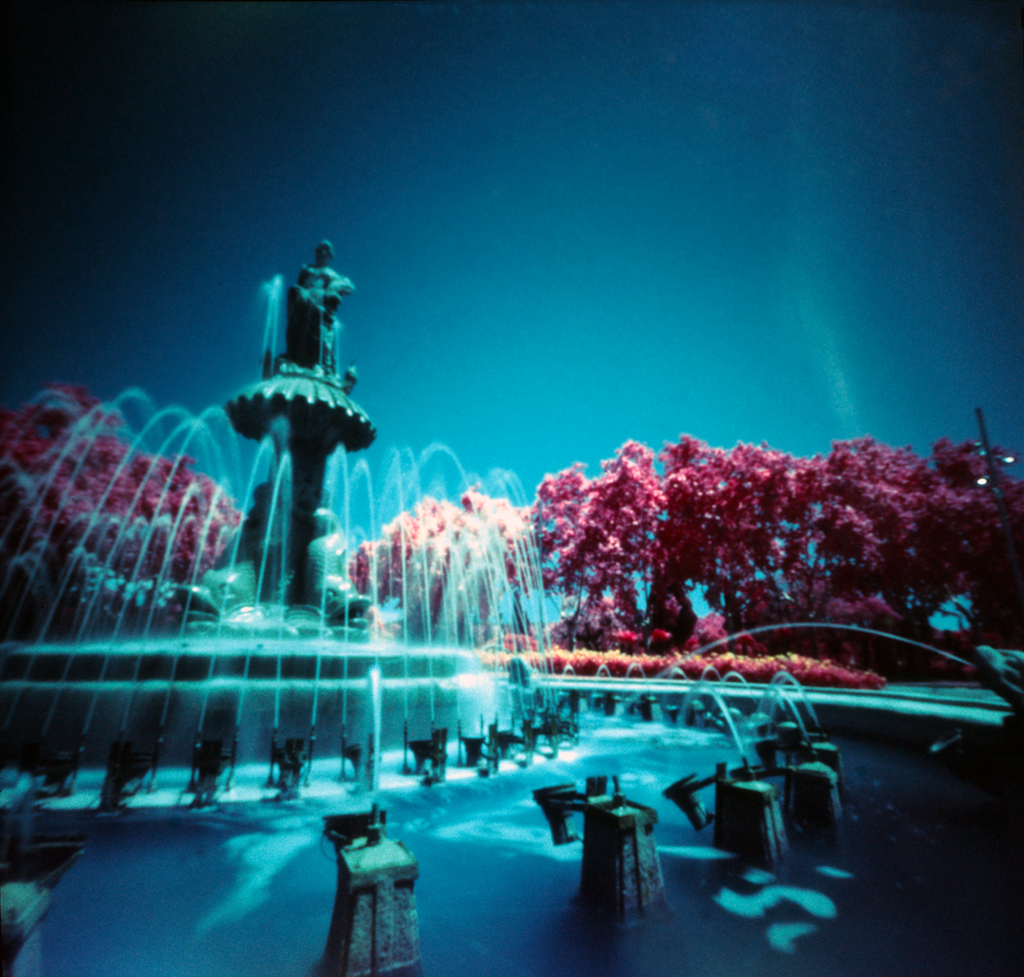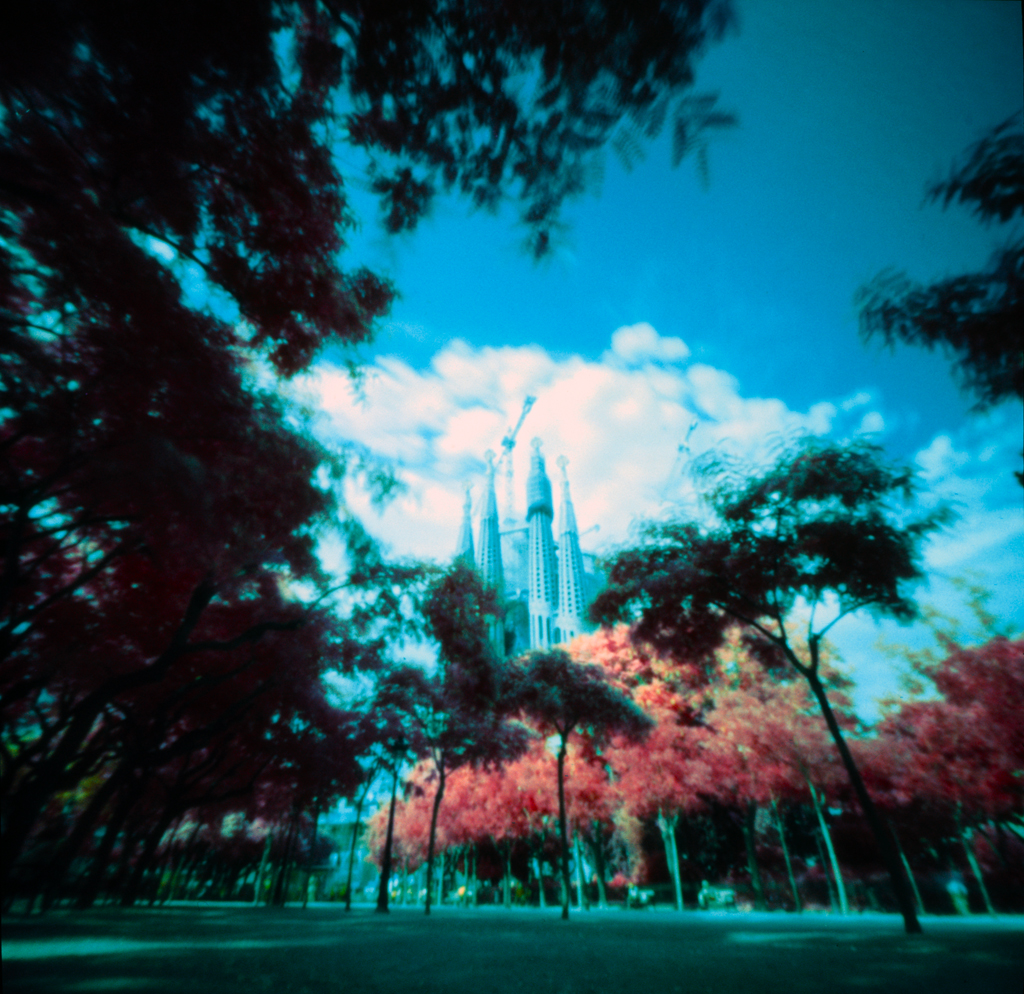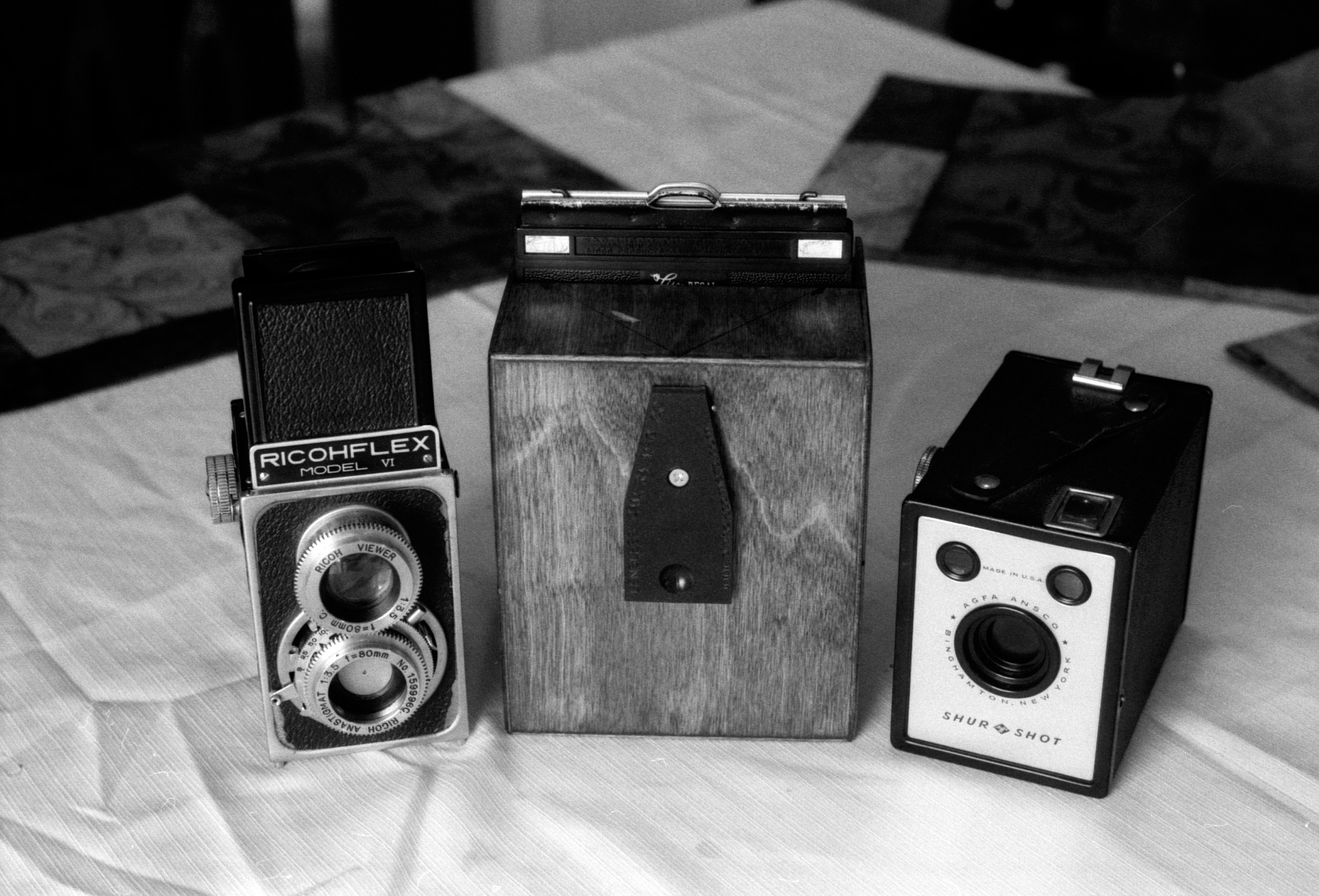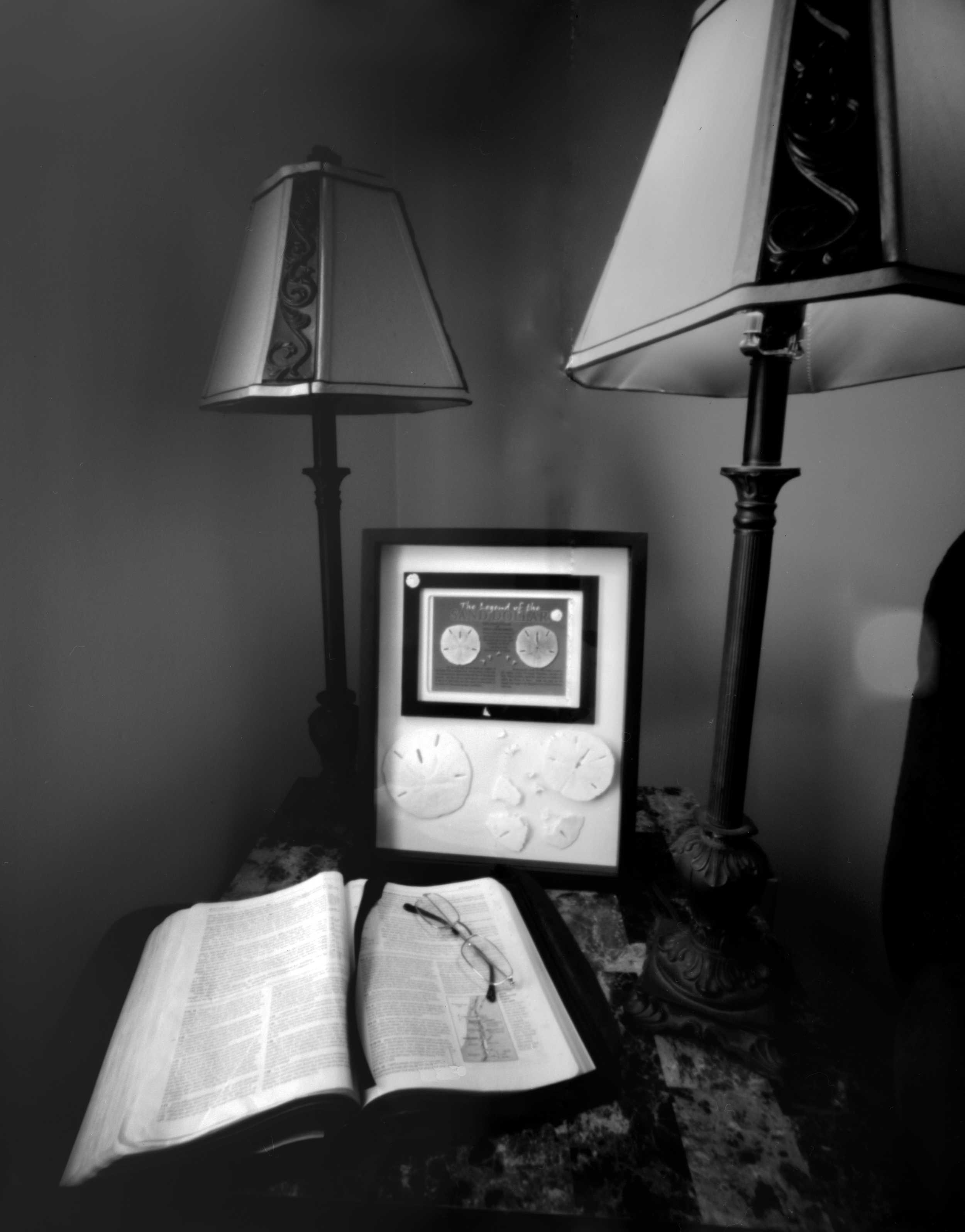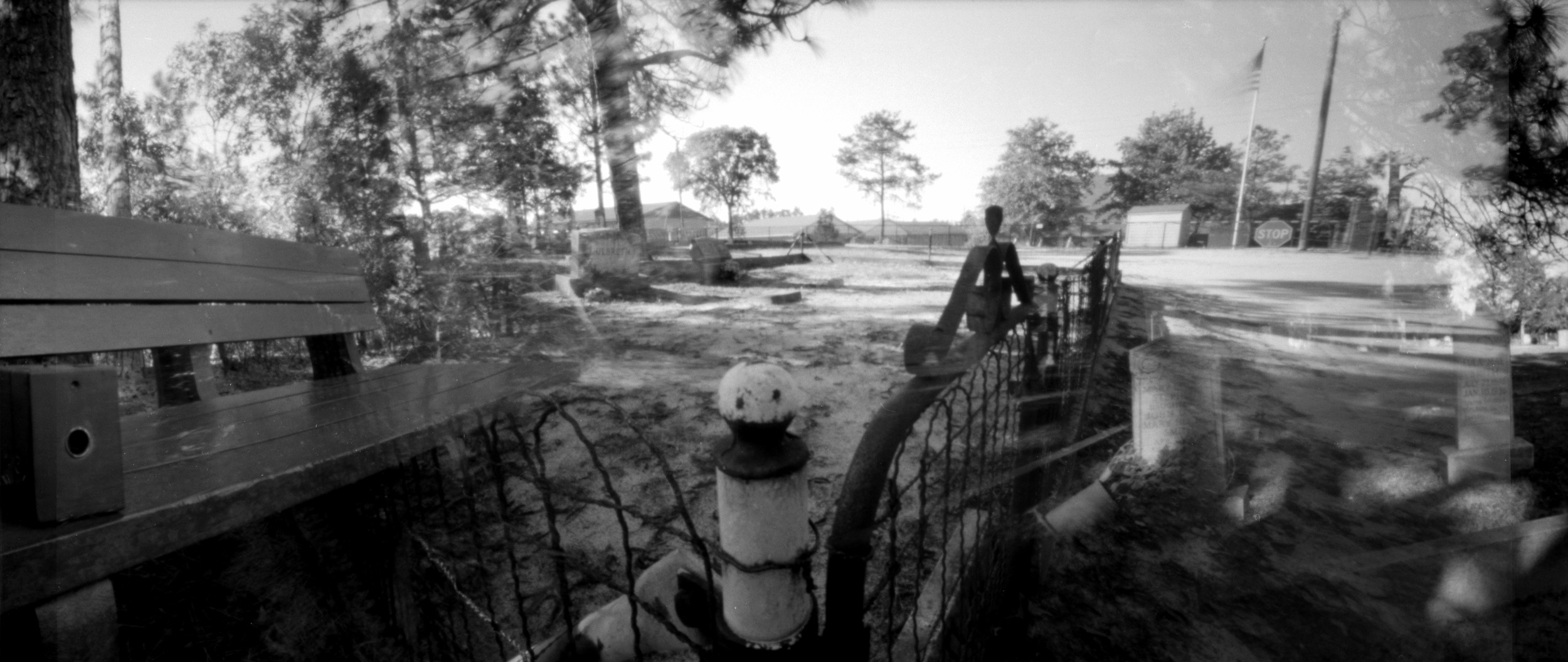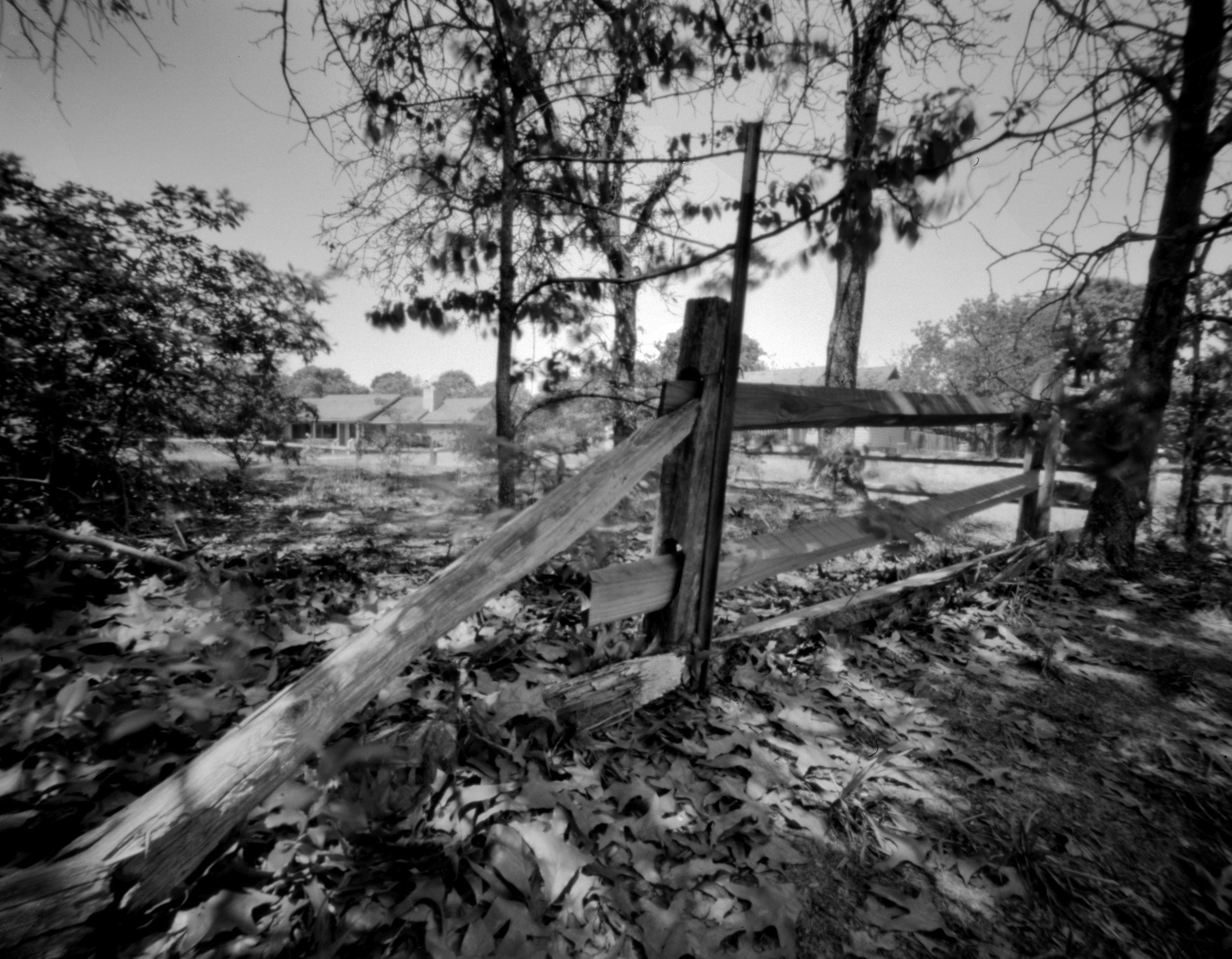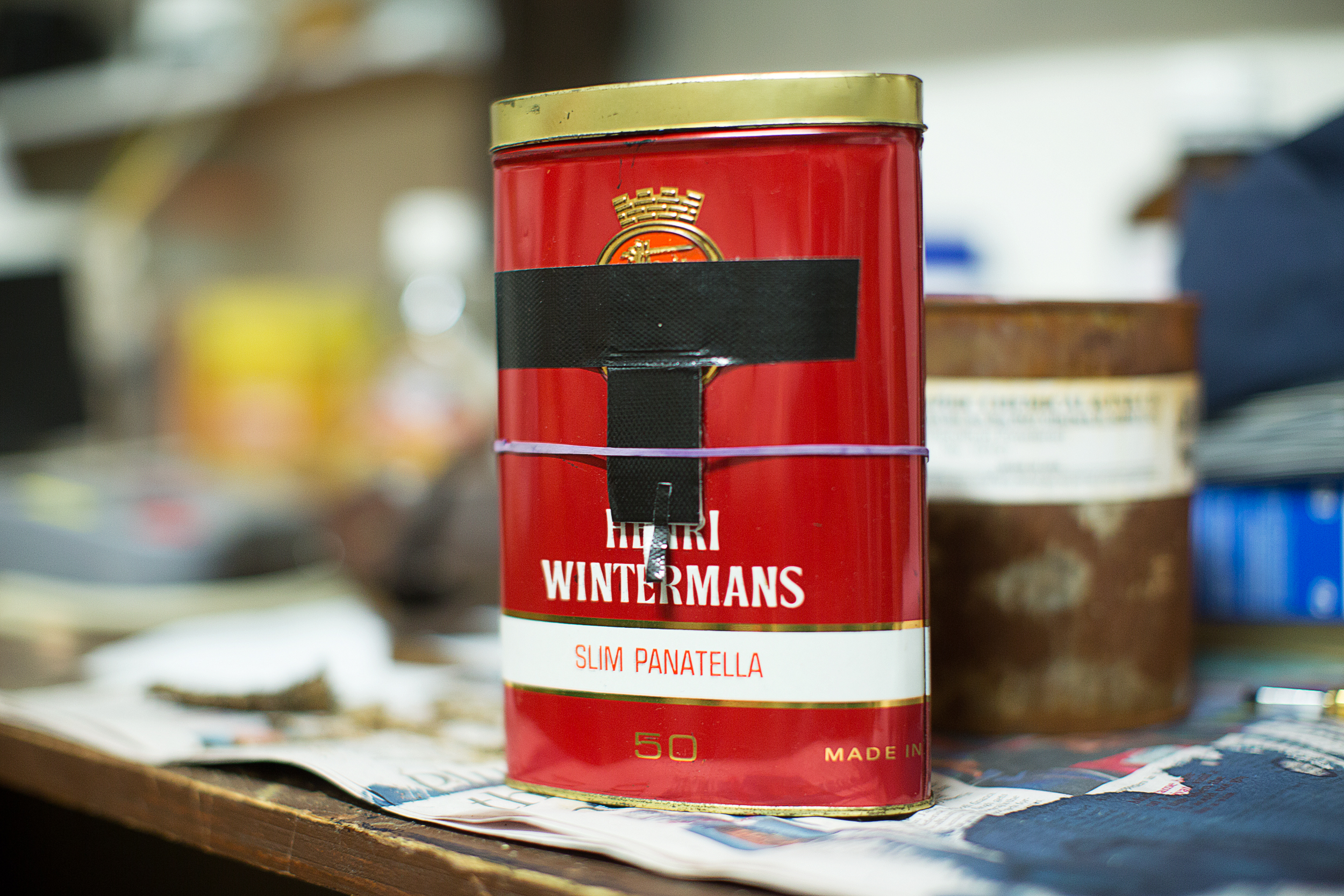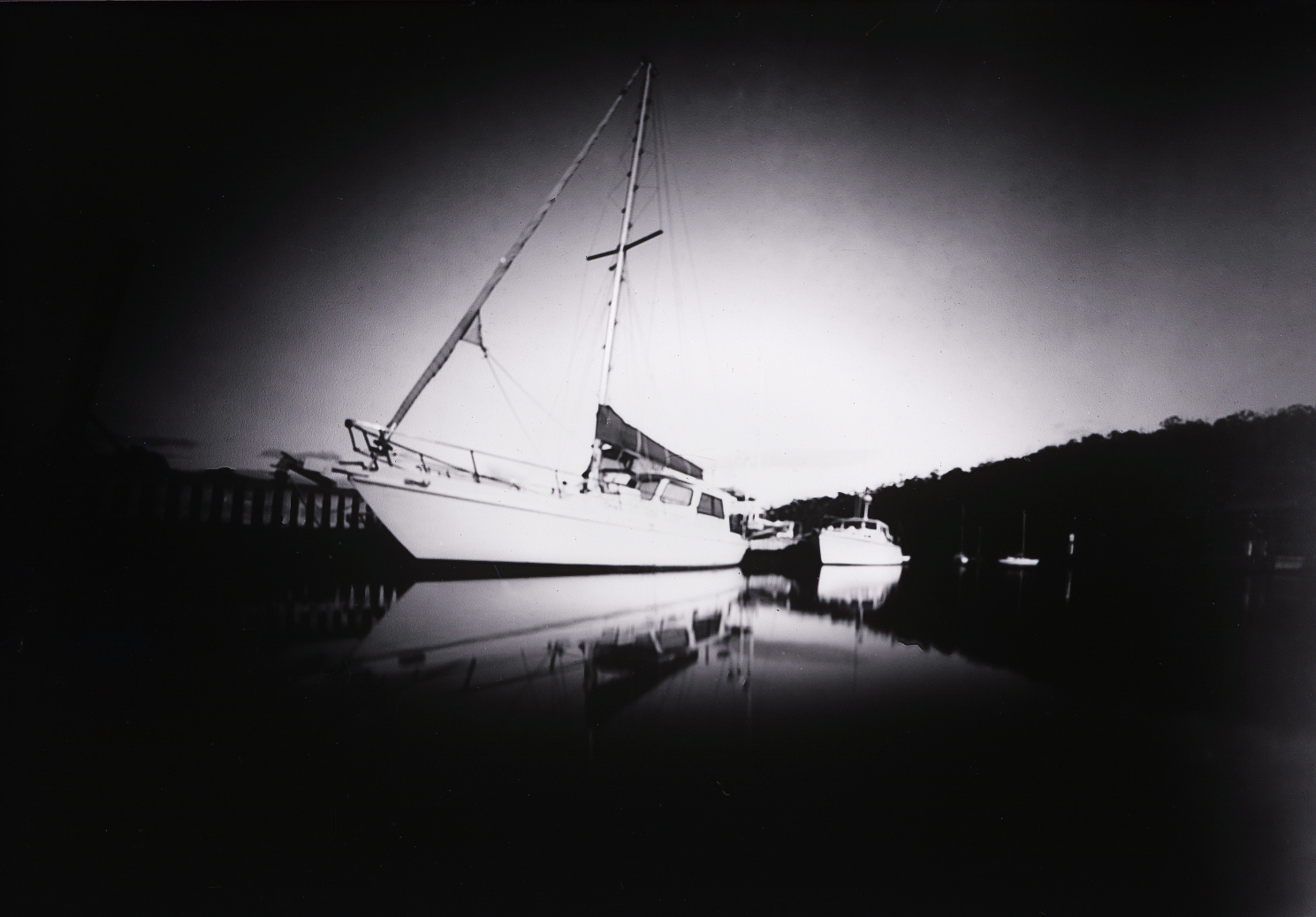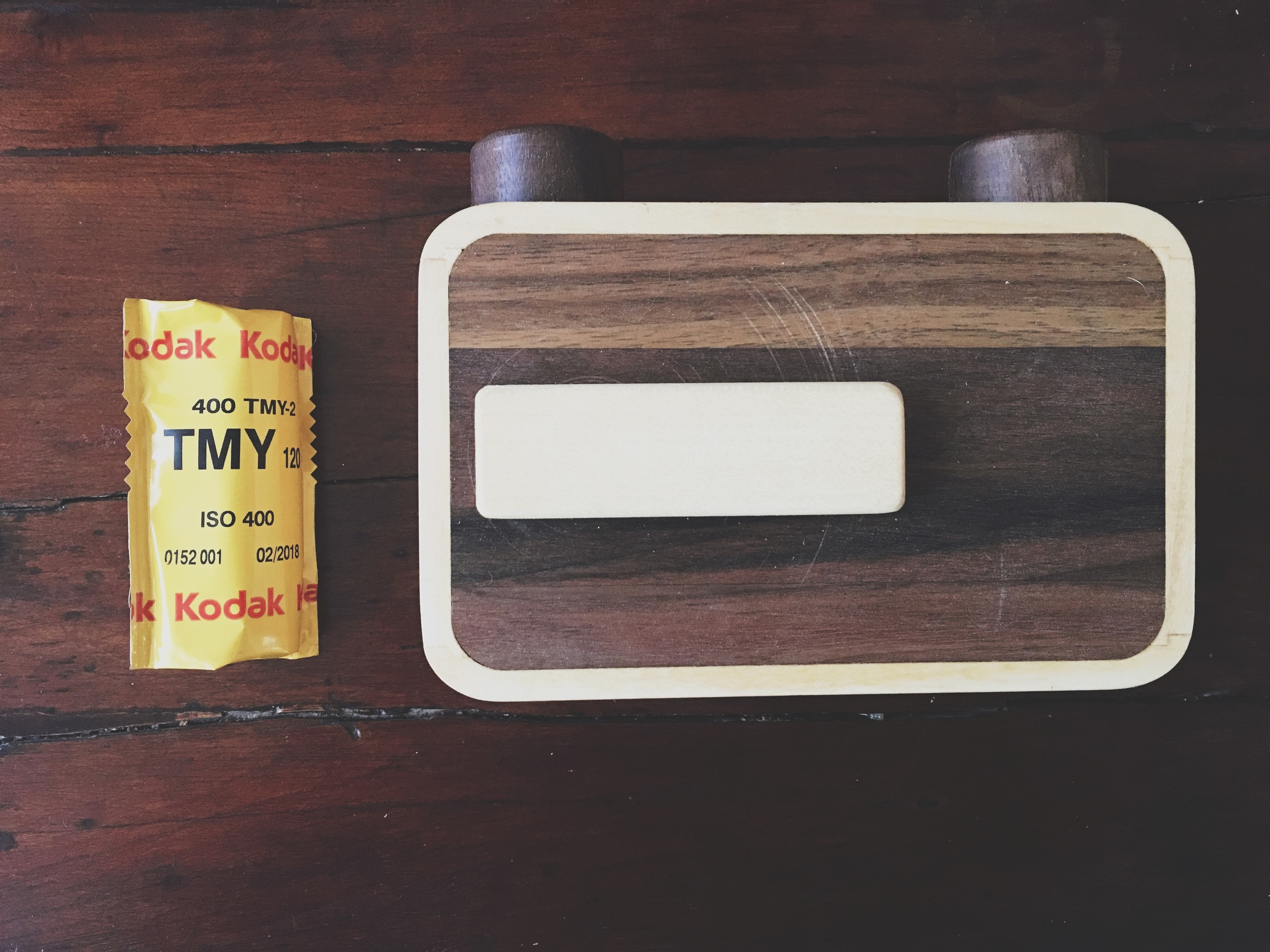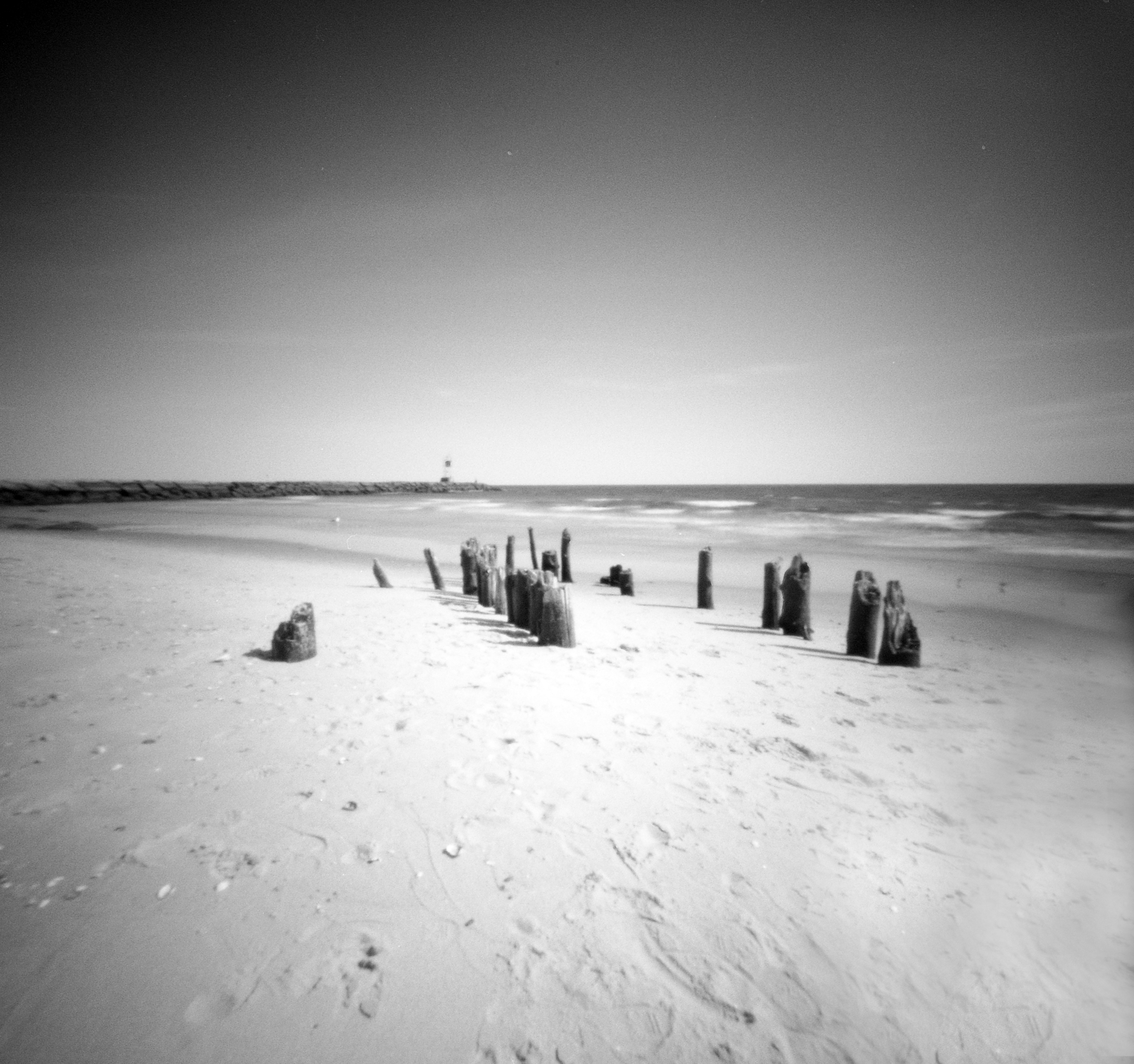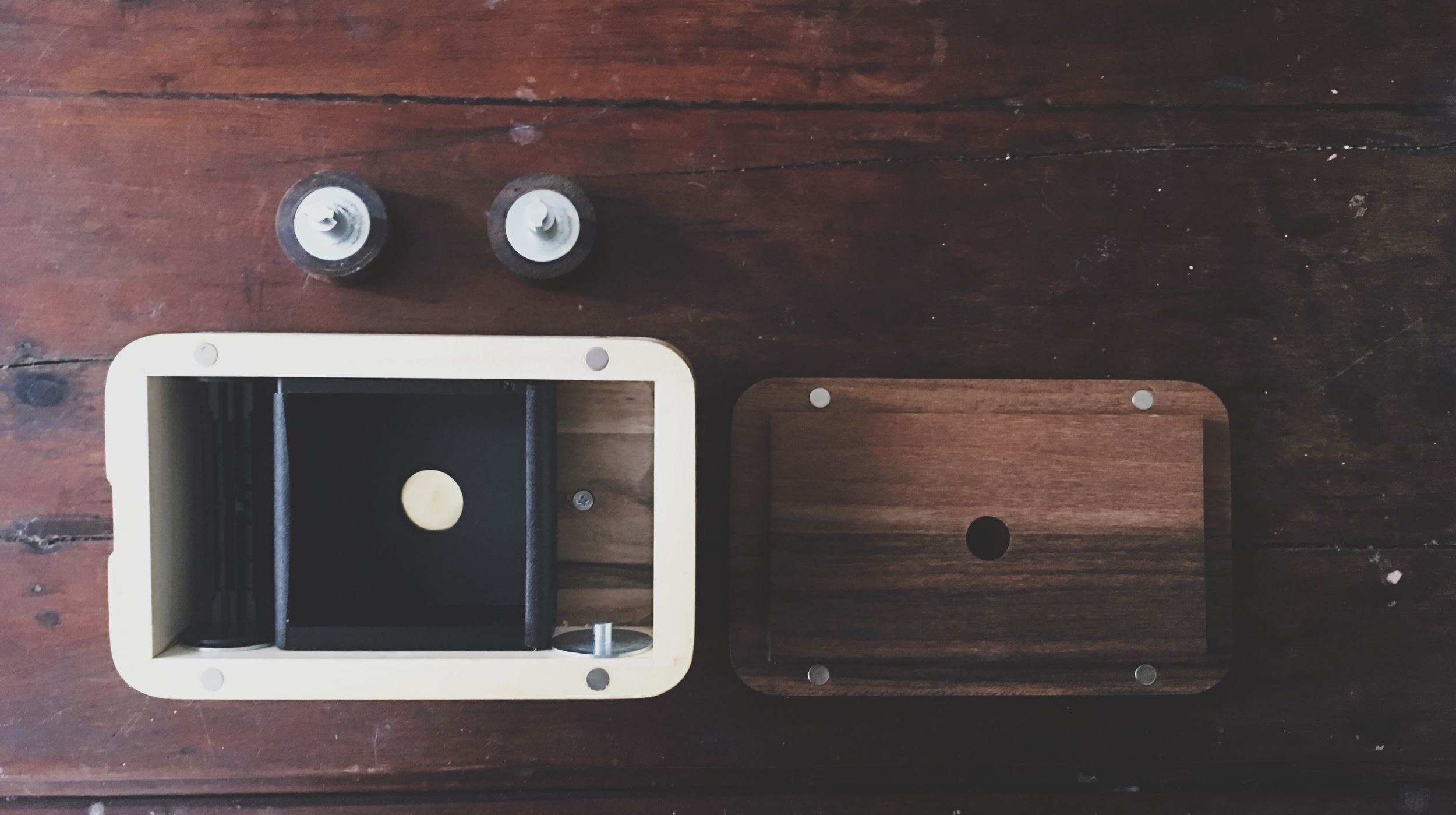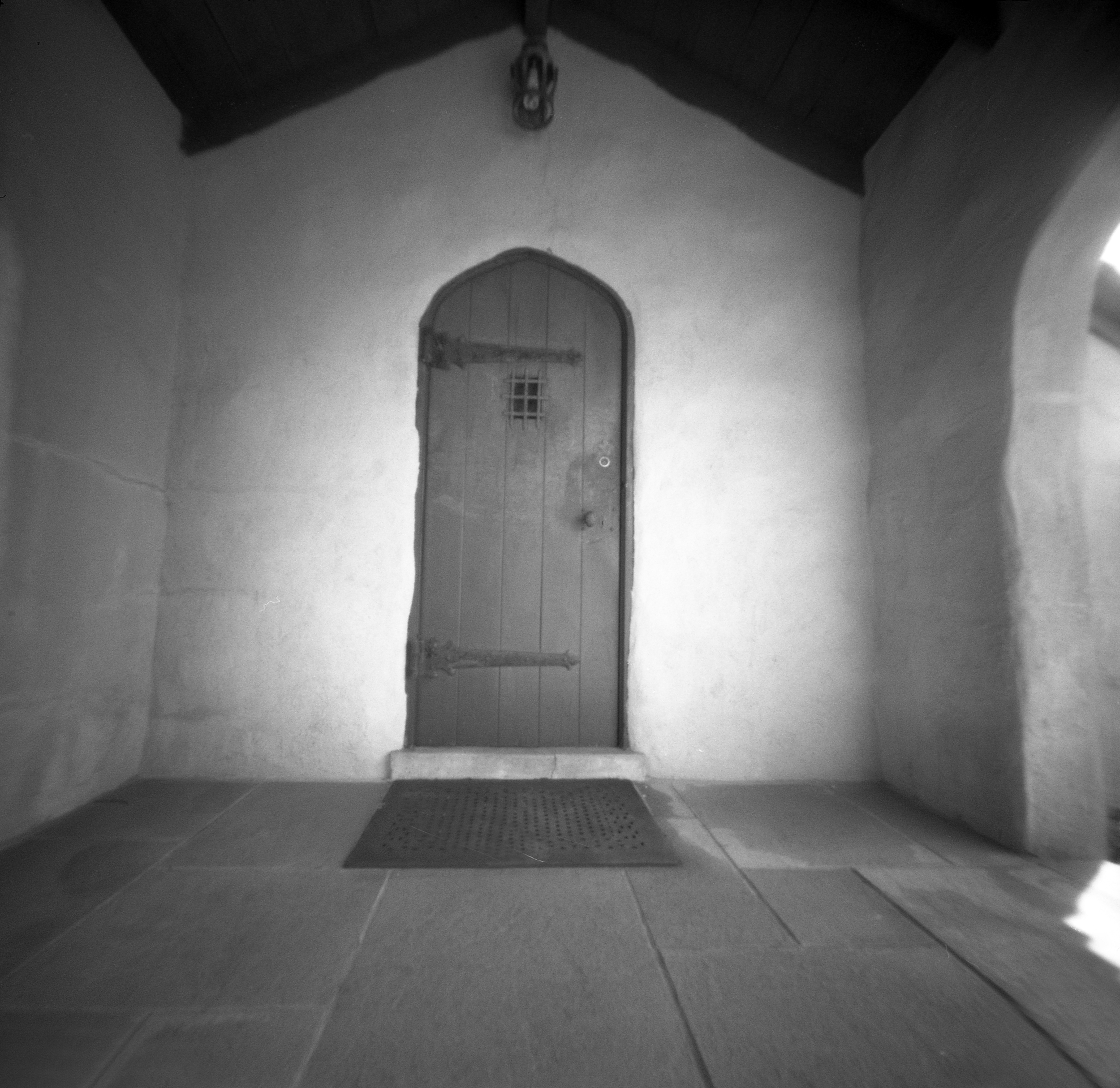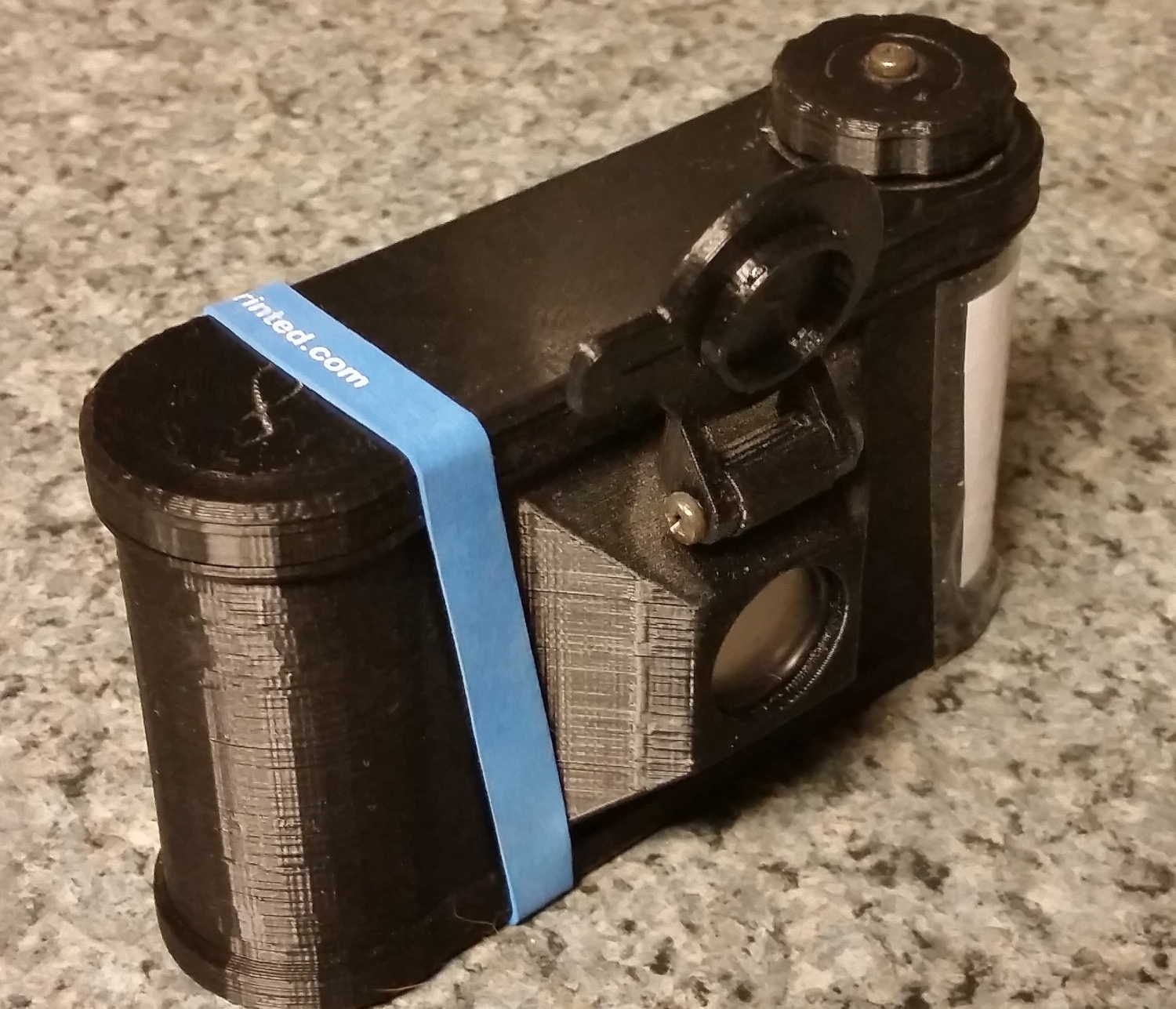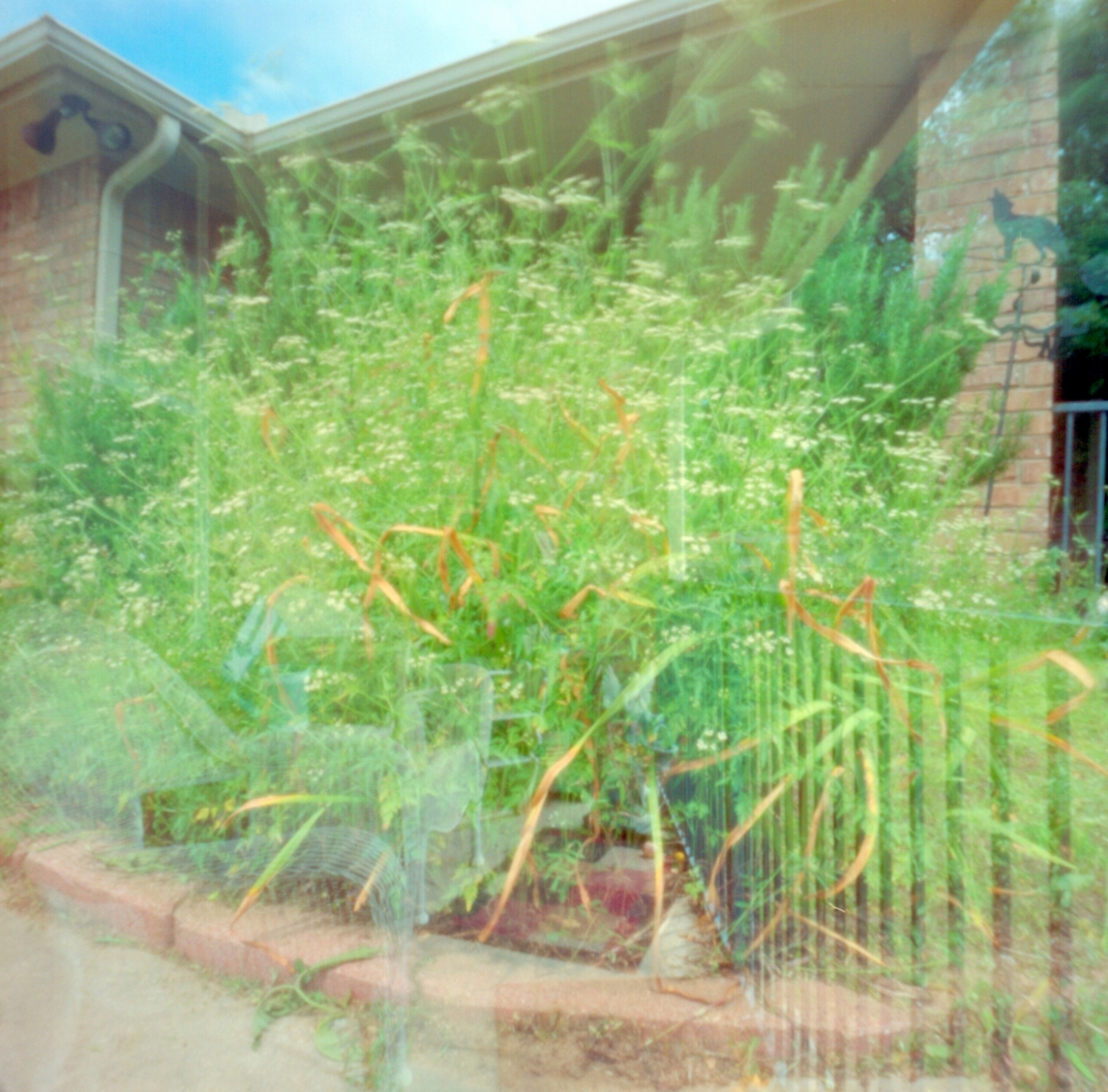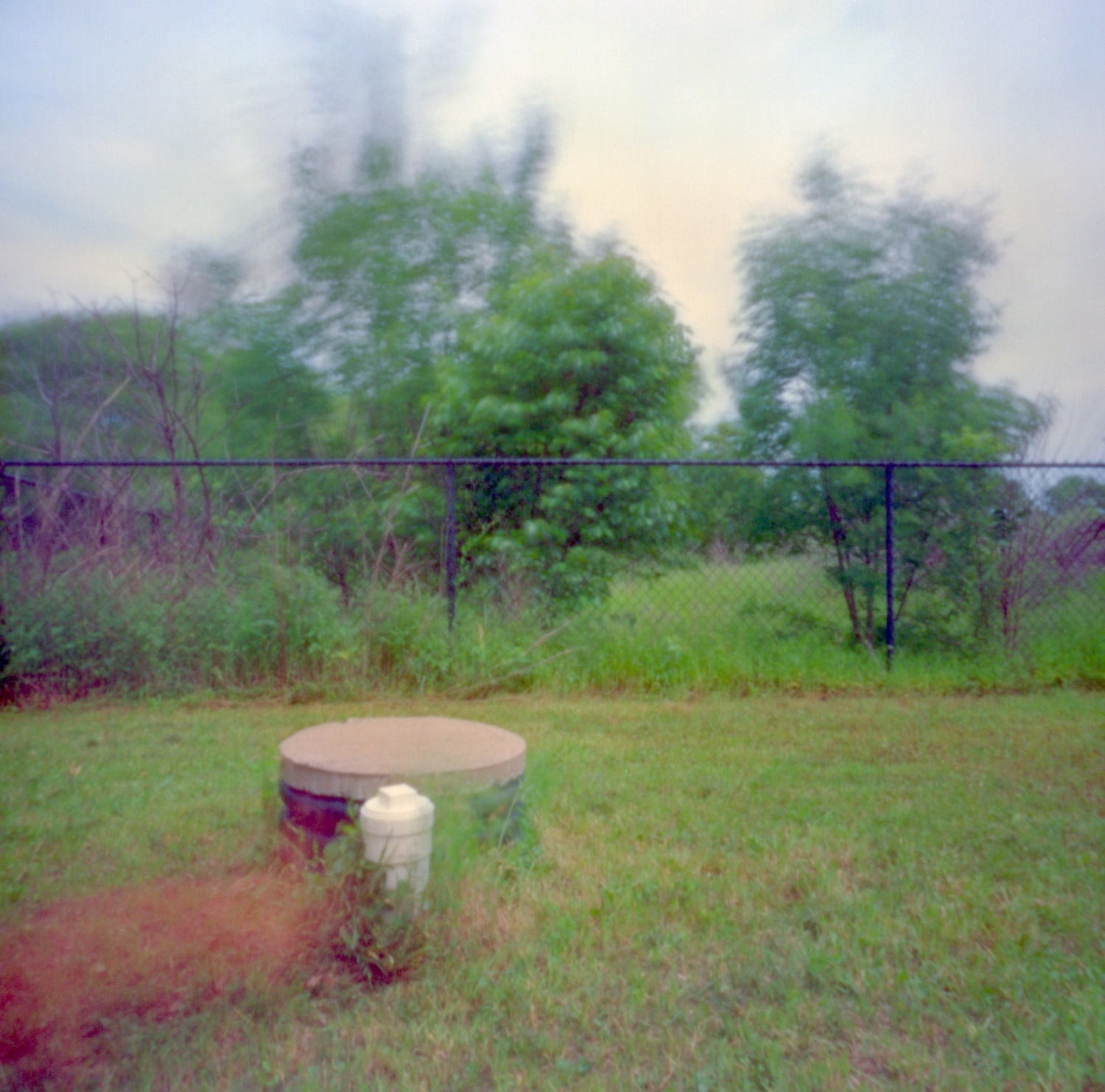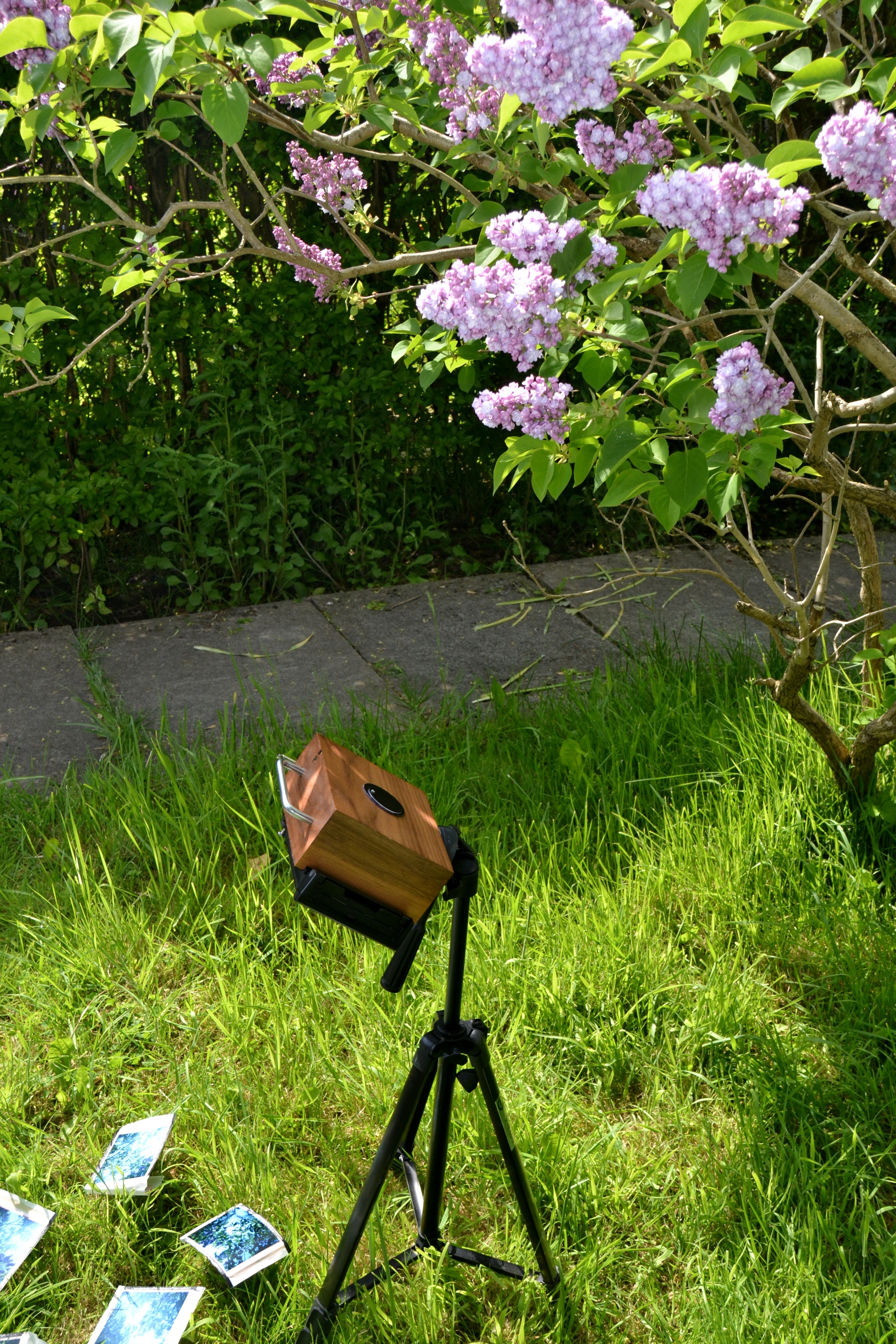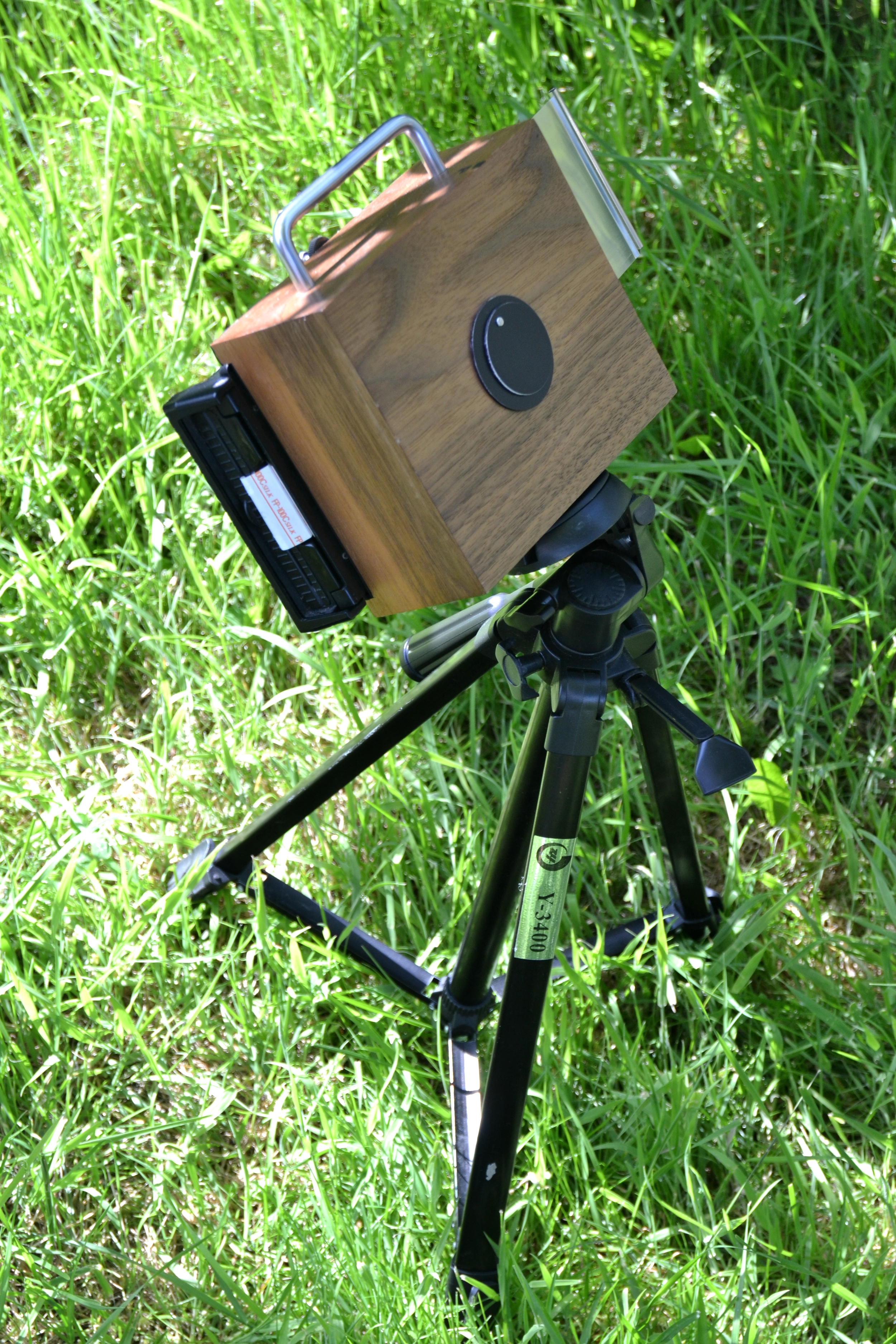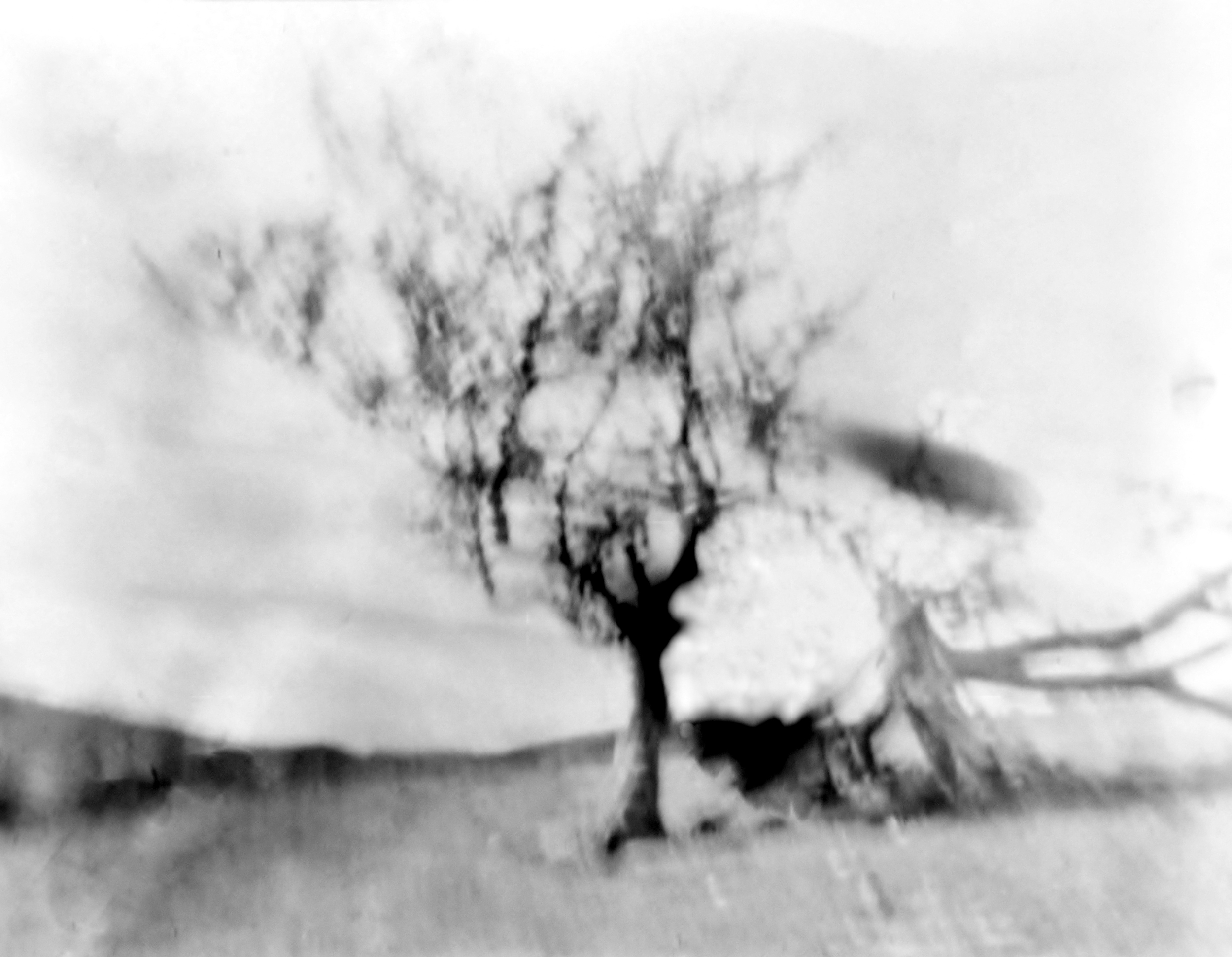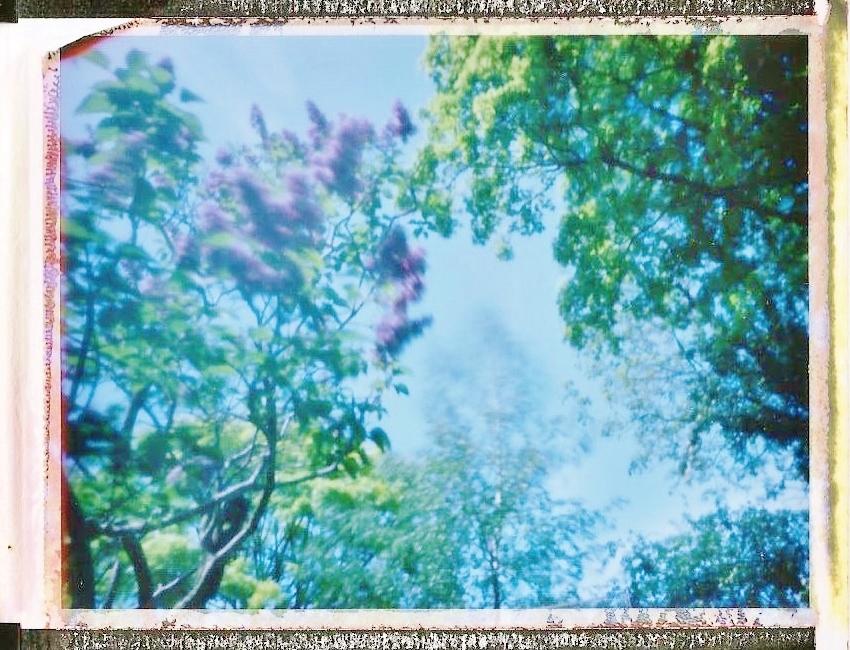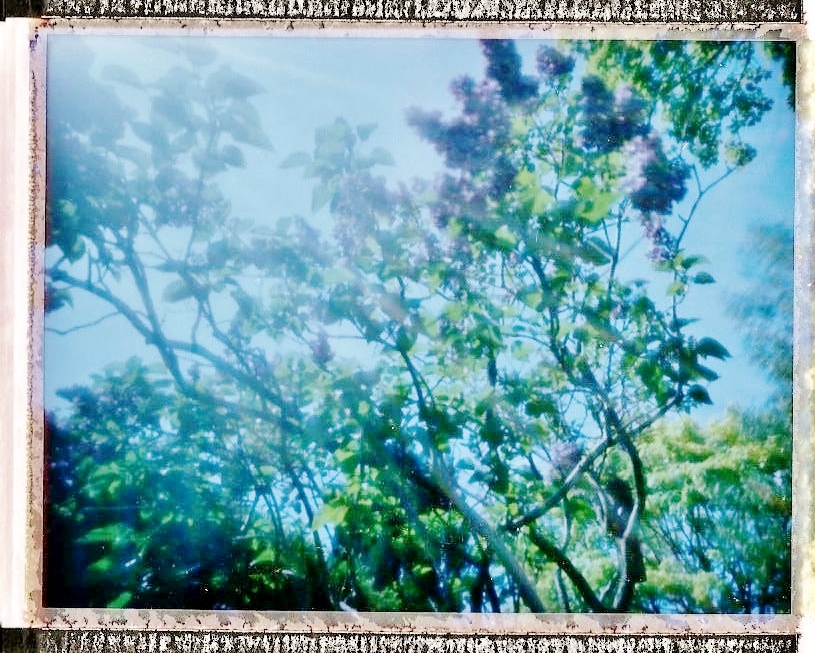Worldwide Pinhole Photography Day was April 24, 2016. While the event has its own website and gallery that showcases entries from photographers everywhere, I thought that the members of our Collective who participated deserved their own feature right here on our website. I have very little experience with pinhole photography myself, but I absolutely love that there is a day devoted to it. In WWPD's own words "Worldwide Pinhole Photography Day was established to celebrate the joy of simple creativity using the medium of lensless photography. We want to show that, from a device as simple as a cardboard box with a tiny hole, you can create inspiring images. Minimal technology and cost: Maximum Passion and Sensitivity!"
The passion associated with WWPD is probably what makes me love it so much, that and the fantastic variety of equipment used, much of it homemade. I present to you here the work that was sent to me, along with the photographer's own words, if they chose to include them. Enjoy, and be inspired!
Colton Allen
I happened to be going to Smith Rock in Oregon that day, so I thought it would be a great opportunity for some pinhole photography. I went with my friend John, so we both brought our pinhole cameras along.
My camera is an Innova 6x9 pinhole camera. They are beautiful handmade cameras, built by Don Pyle in Portland, Oregon. It has a 30mm focal length and a 0.18mm pinhole, which makes it about f/150.
I have a bunch of expired Fuji Reala 100, which is a bit fogged from poor storage. I have found that it works great in my pinhole camera rated at ISO 25. The slow film speed allows for long exposures in daylight from 10 seconds in sunny conditions, to 90+ seconds in overcast conditions.
Jesús Joglar
This is a series of photographs made with my pinhole camera “ladybird”, a Digna camera produced in Spain in the 1950’s by CERTEX. I bought this 6×6 format camera in a flea-market and I transformed it to pinhole by taking apart the drum holding its single lens optics and replacing it by a piece of tincan with a hole where the pinhole was placed. I also glued, in the inside, a grinded filter ring to be able to use different filters for especific porpouses as in this particular case that I used a Kenko YA3 orange filter in combination with Kodak EIR Aerochrome Color infrared film that I developed at home with Tetenal E-6 chemicals.
The name of the camera comes from the magnet that I use as shutter, it takes 120 roll film and with the 6×6 format you get twelve shots per roll. The characteristics of the camera are as follows: pinhole ø= 0.15 mm, the focal length is of 32 mm and that gives an f/213 value.
What started off as a small idea in the online community quickly blossomed into a group of like minded Pinholistas travelling the globe to meet on WPPD. For WPPD 2016 we gathered together in Barcelona and we had a lot of fun walking around the old city, having lunch together and also playing pètanque. The bravest of us went to see the sunrise at “Pont del Petroli” an old oil loading dock located a bit north of BCN. Next year the meeting will take place in San Francisco CA, so you may join us and follow the FB event here!
Aimee Lower
Brian Richman
Two images for Pinhole Day 2016. These are typical of the “dreamy” images possible with pinhole photography. From the accidental multiple exposures of my front yard, showing part of my home along with at least two different shots of plants to the single exposure of my back yard, showing the movement of the trees and undergrowth in the wind, these images have much life in them. They are very organic in nature and show that photographs don’t need to be about a short “snapshot” moment in time, but can cover longer time periods or even many time periods, all in the same image. The concept of pinhole photography dates back to antiquity and is that of the “Camera Obscura” where there is no lens, just a light tight room or box and a small hole to let the light in. The exposure information is very different from a more regular camera, and these images cover three or four seconds of time for each exposure. These are both film images (shot on Kodak Ektar 100 film and home processed), using a “Flyer” pinhole camera from pinholeprinted.com that is actually a 3D printed device. This means they are a combination of perhaps the oldest photographic concepts and the most modern of production techniques.

